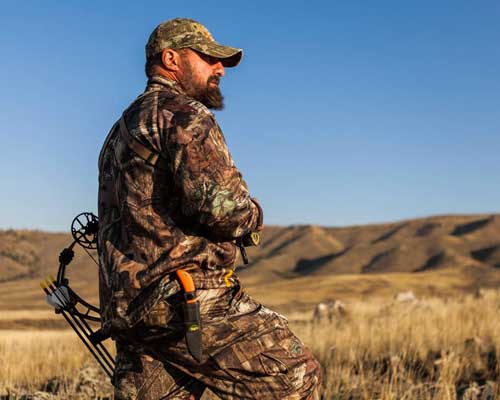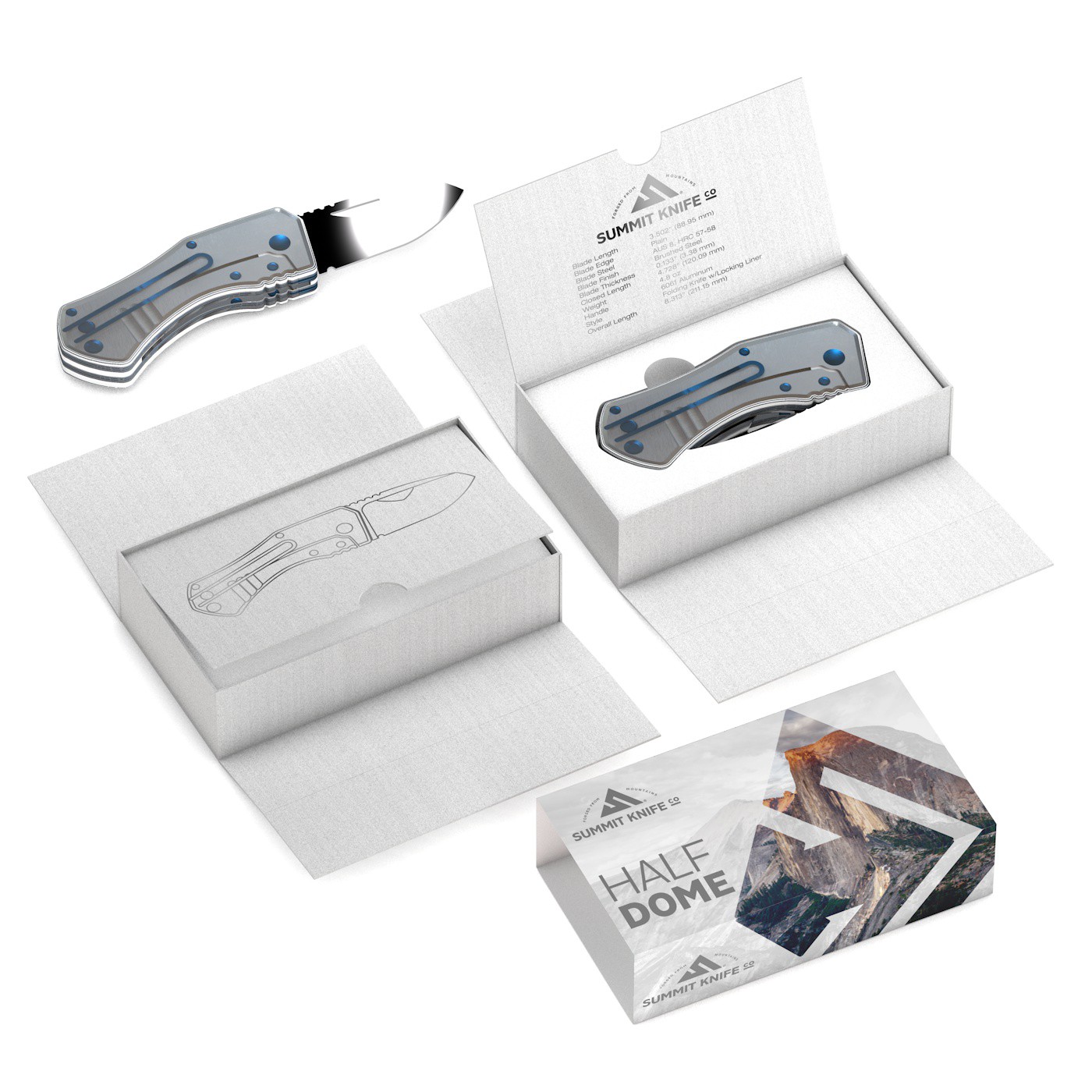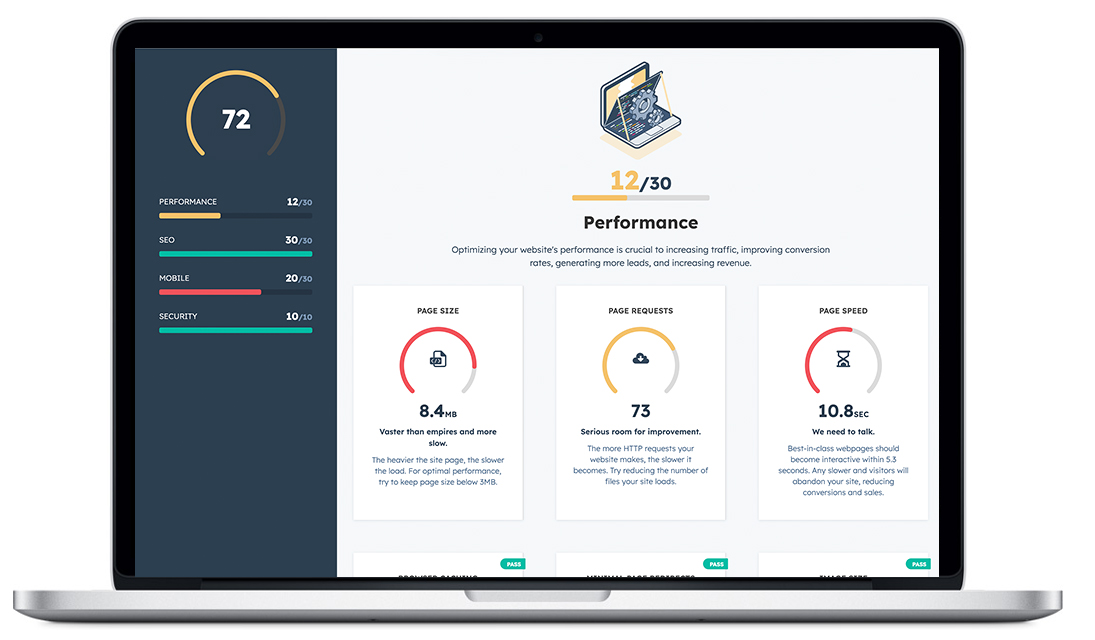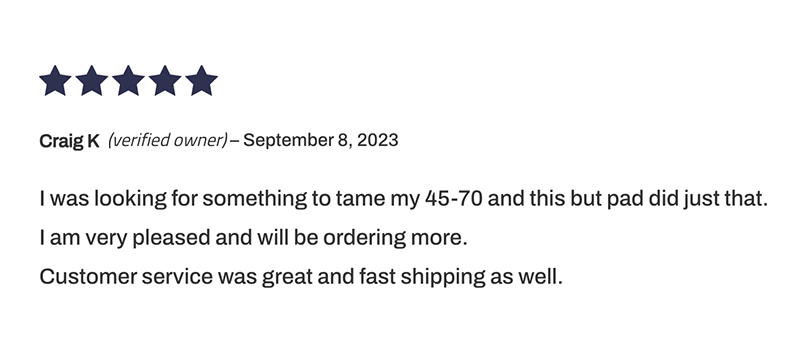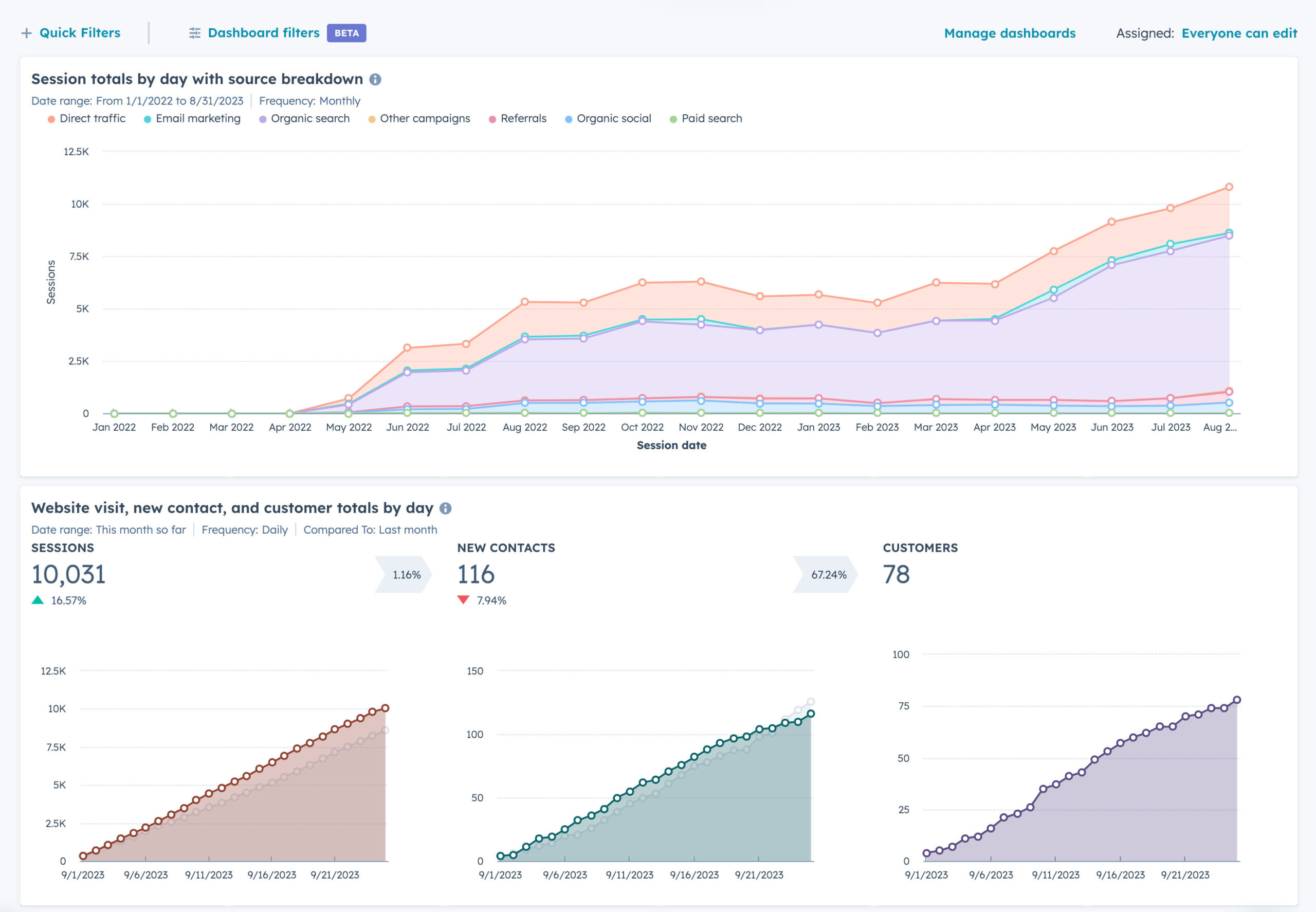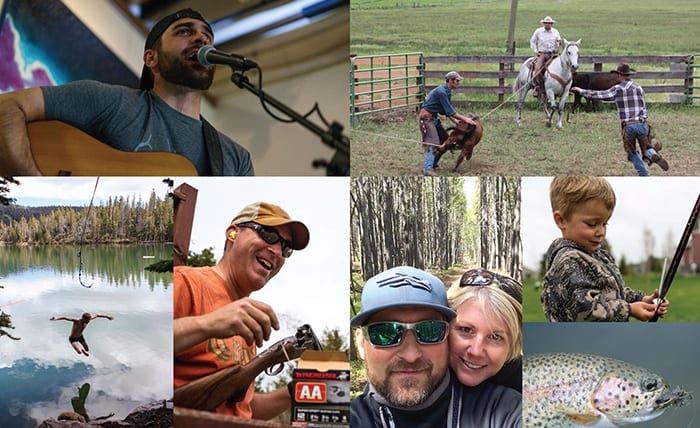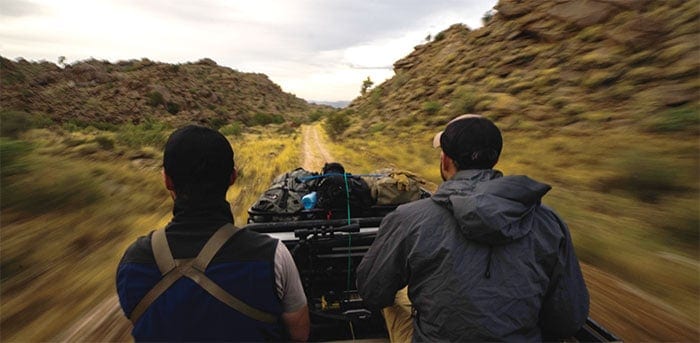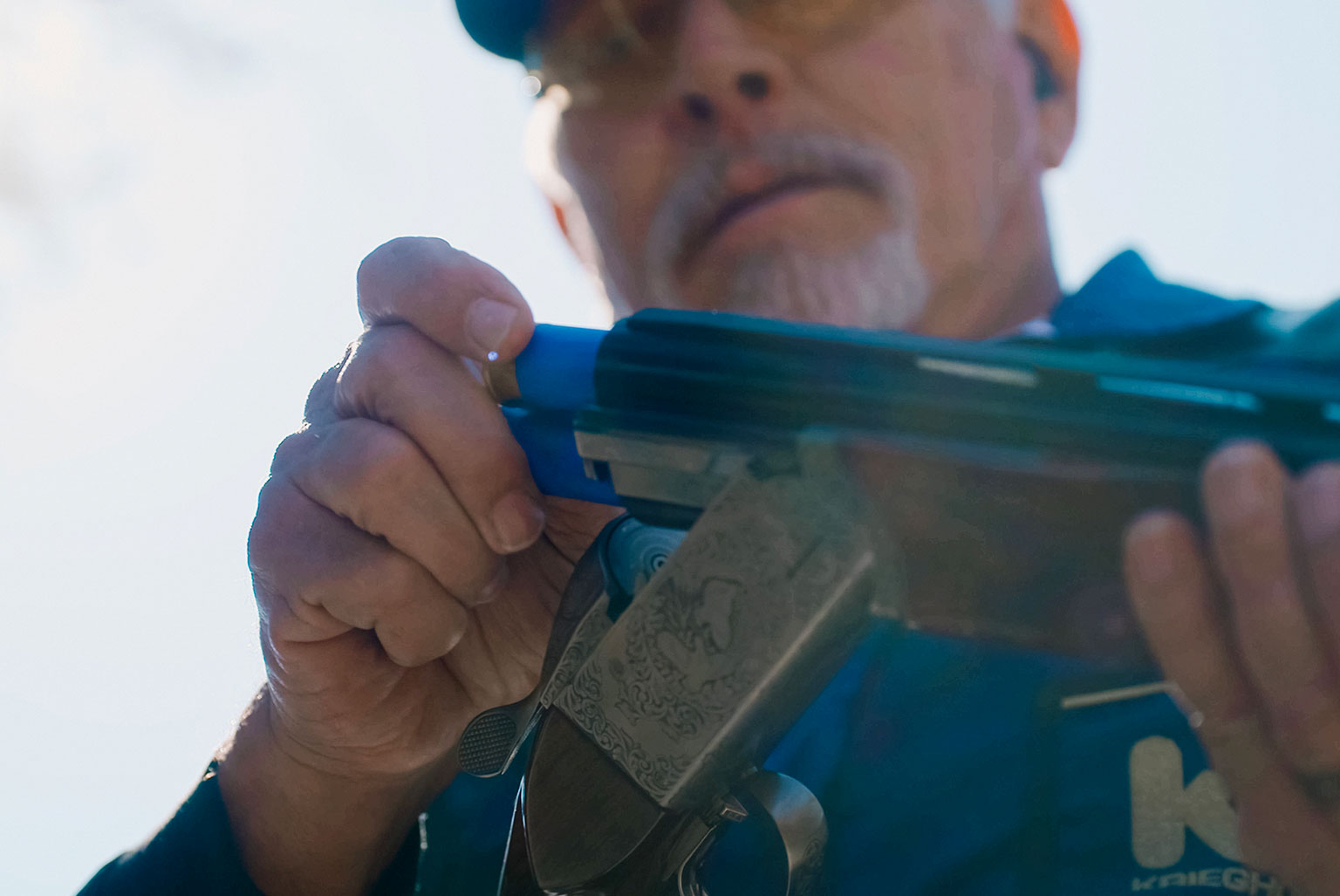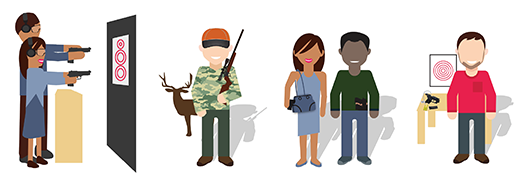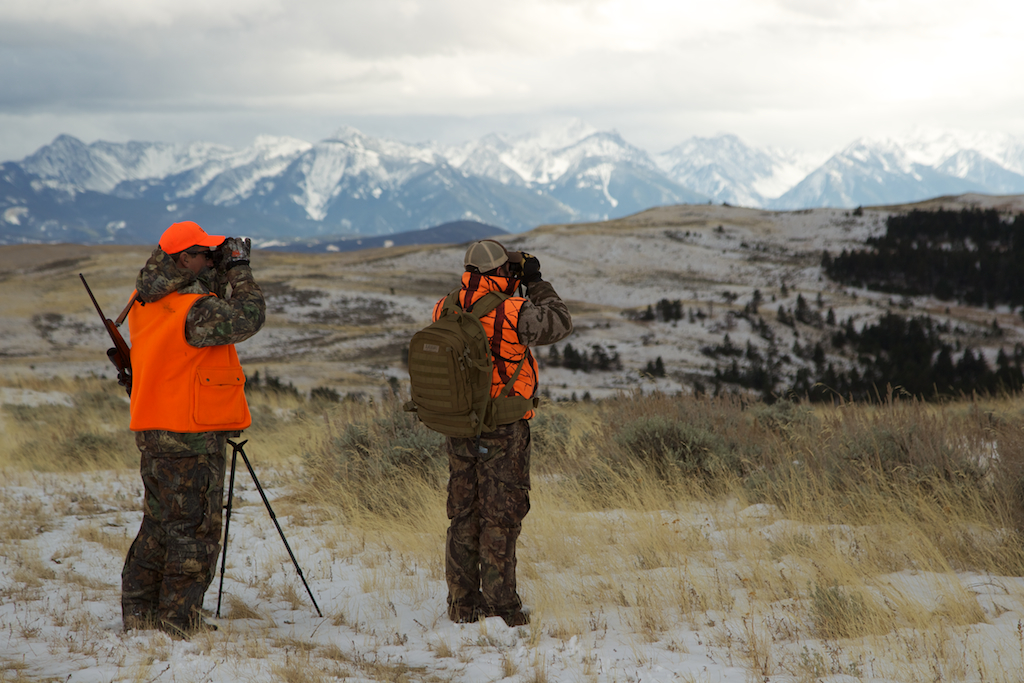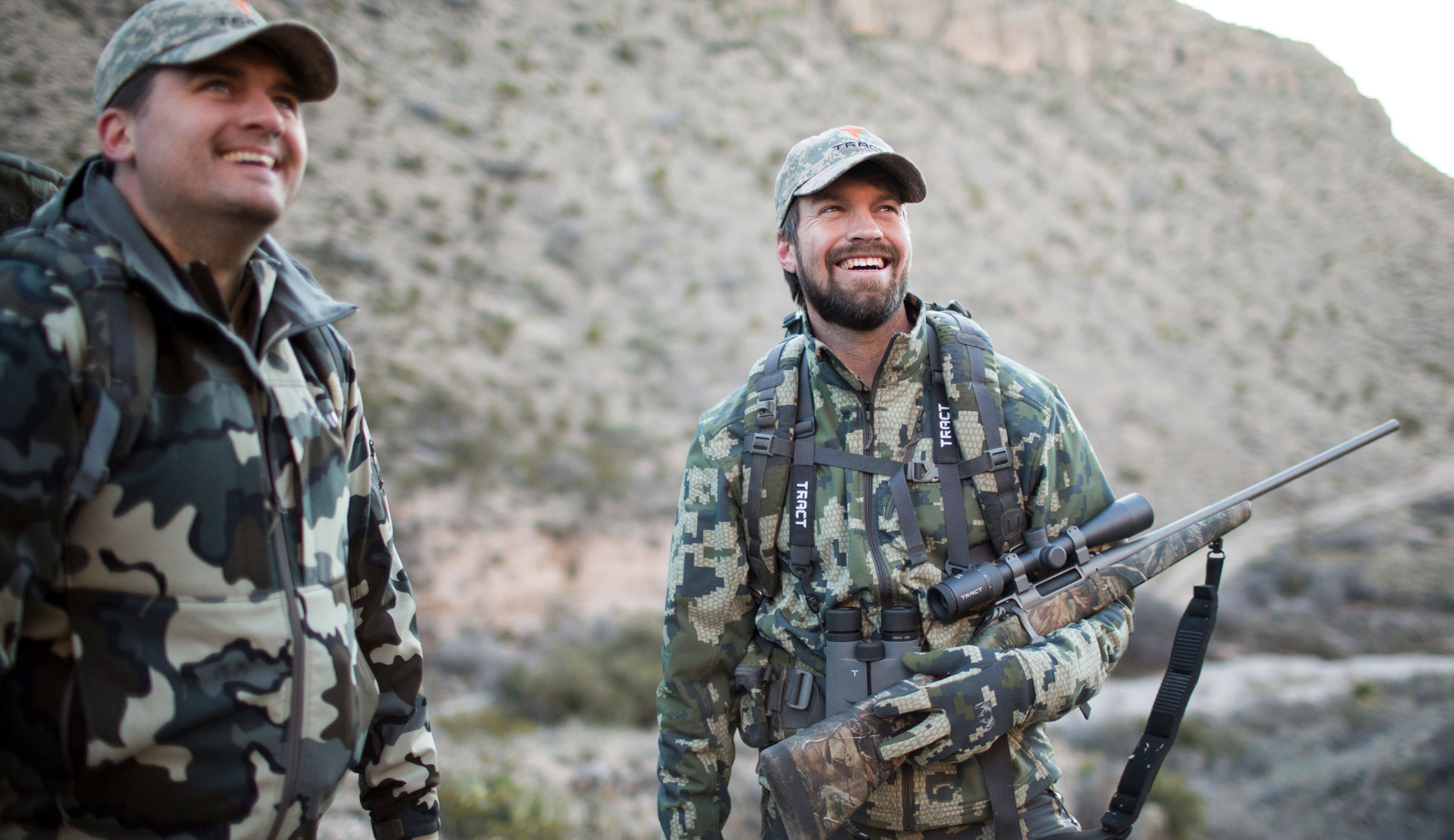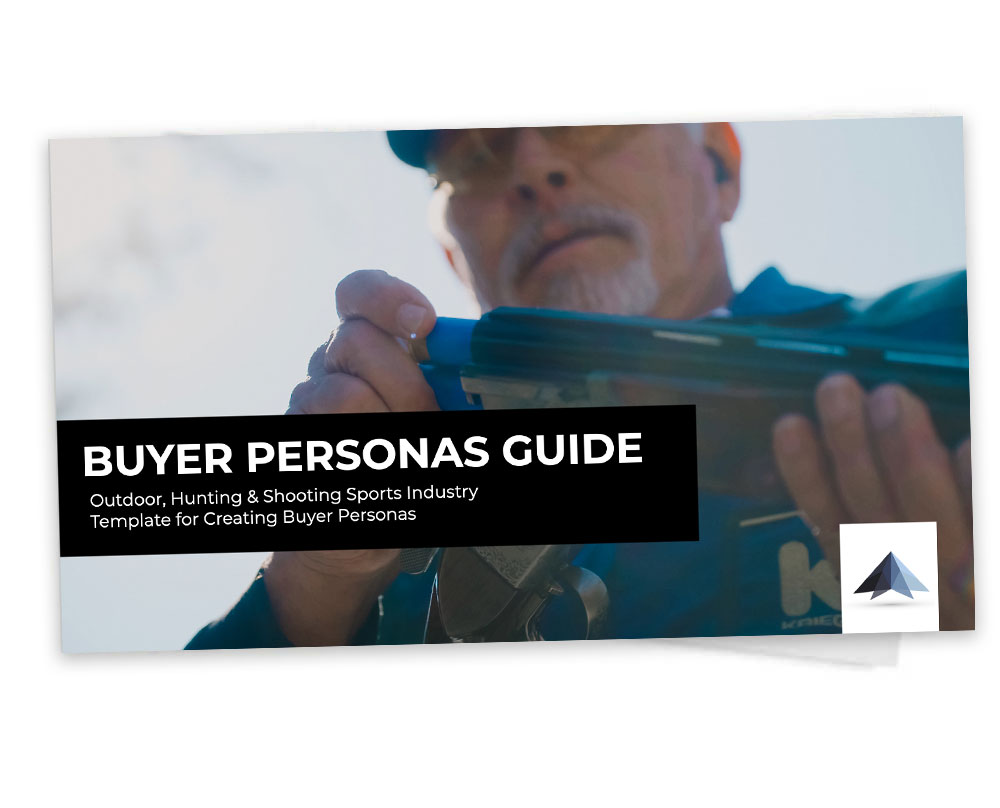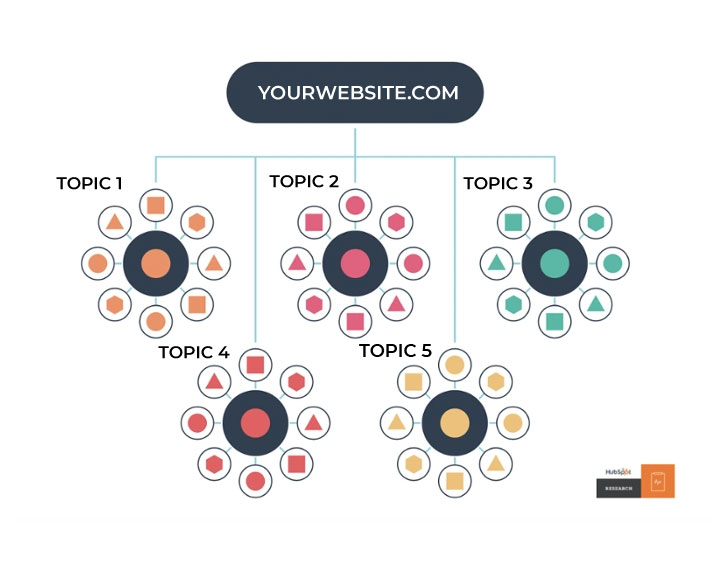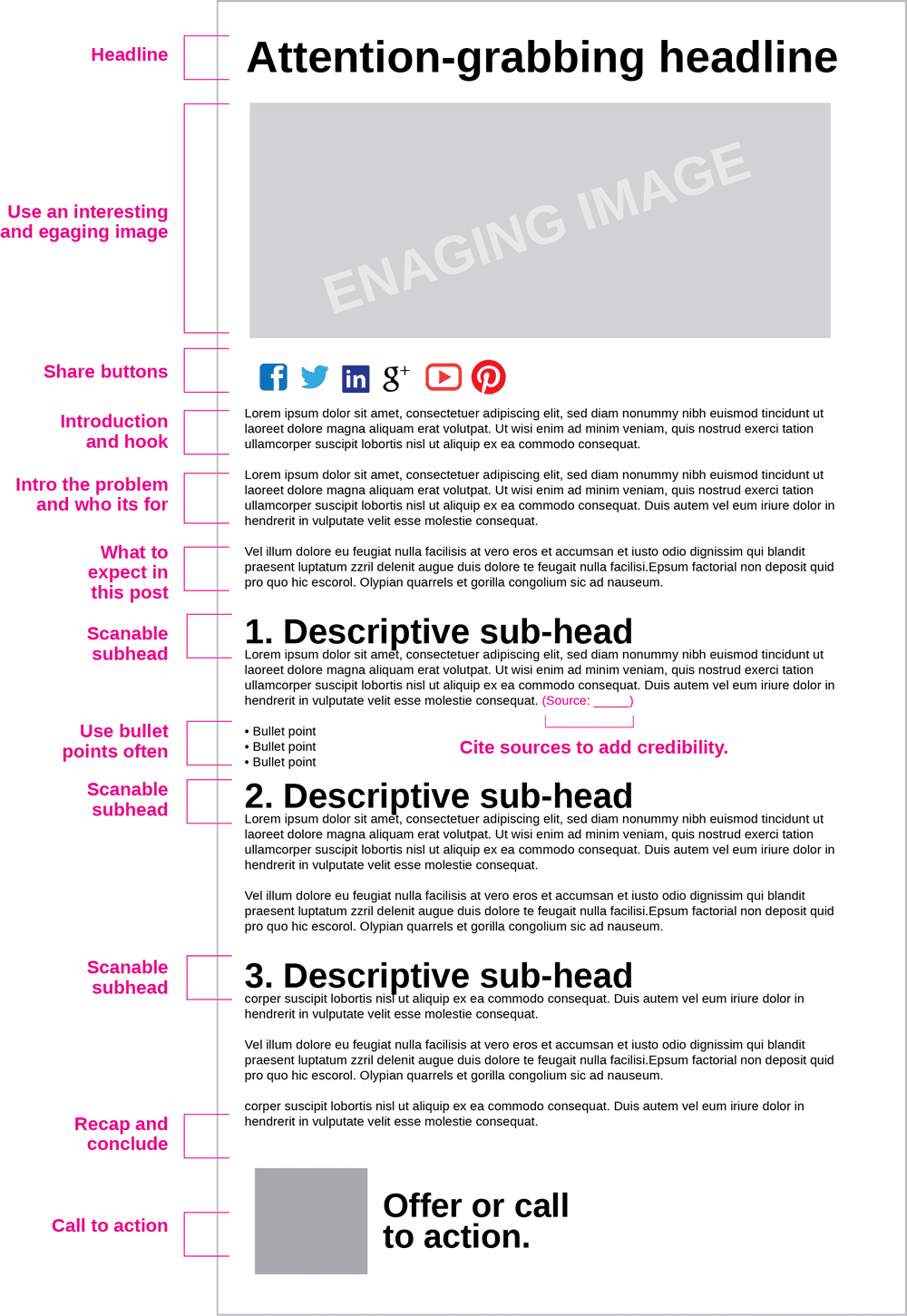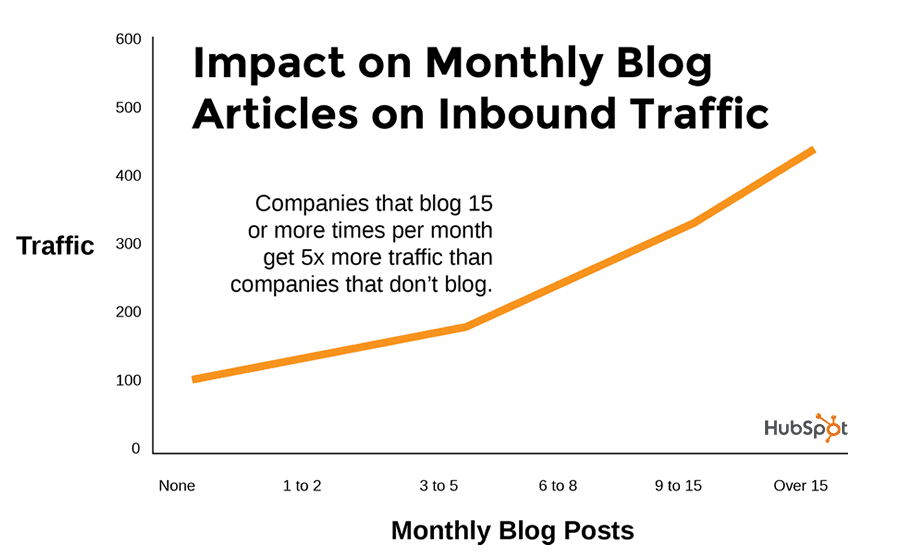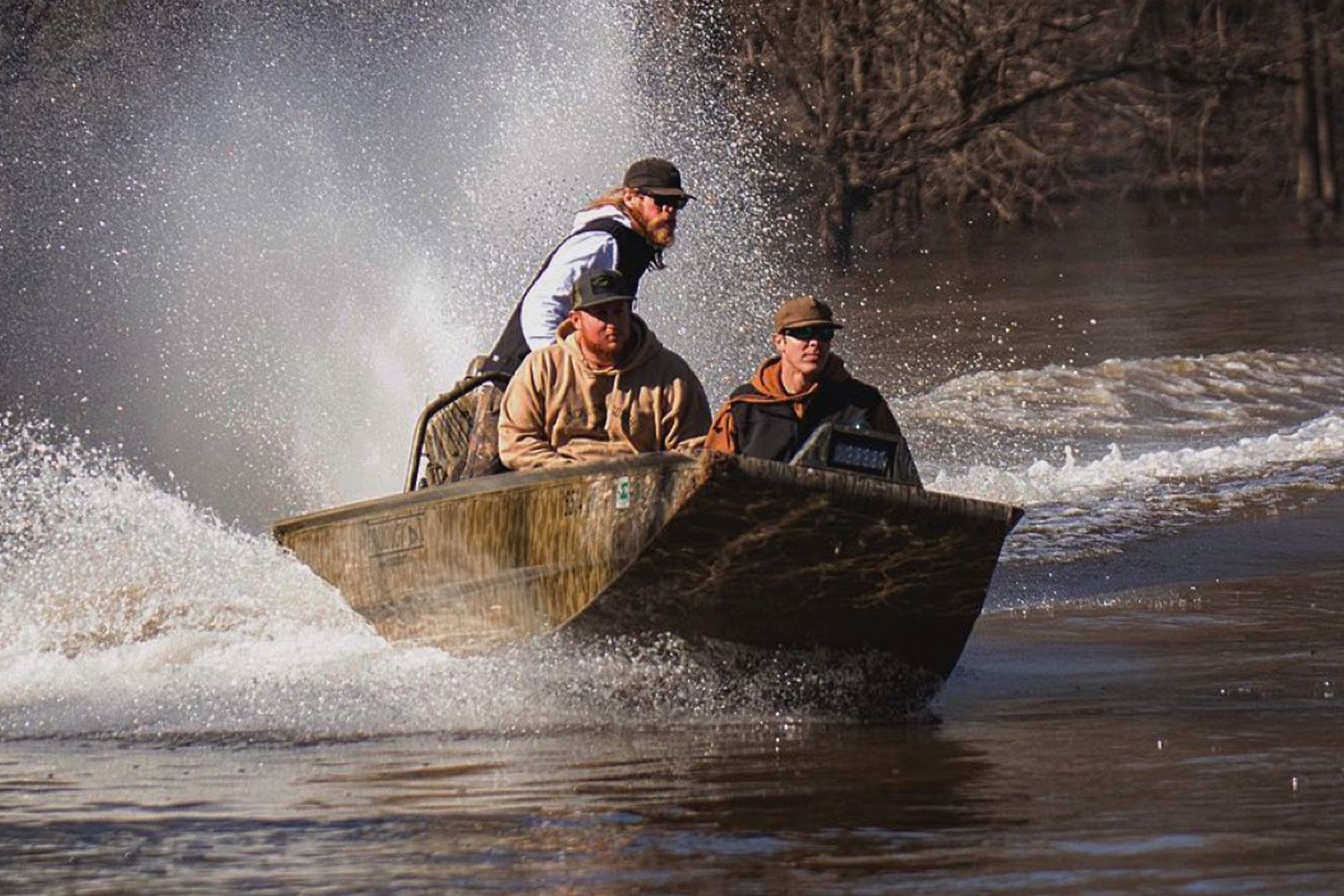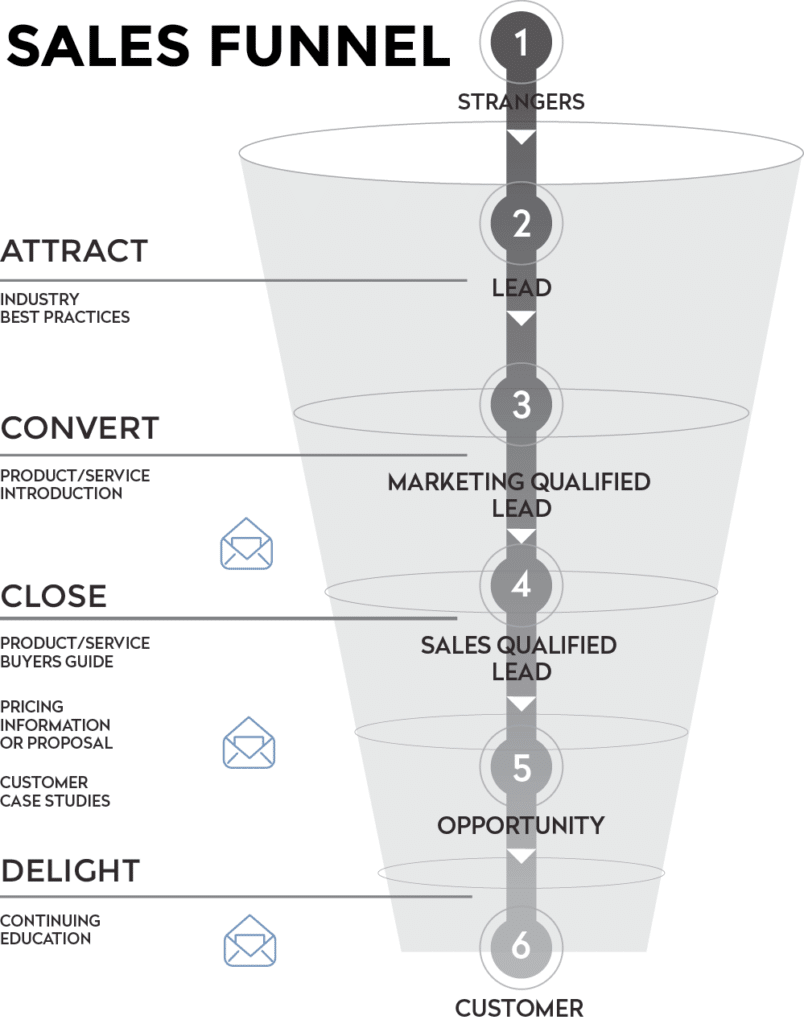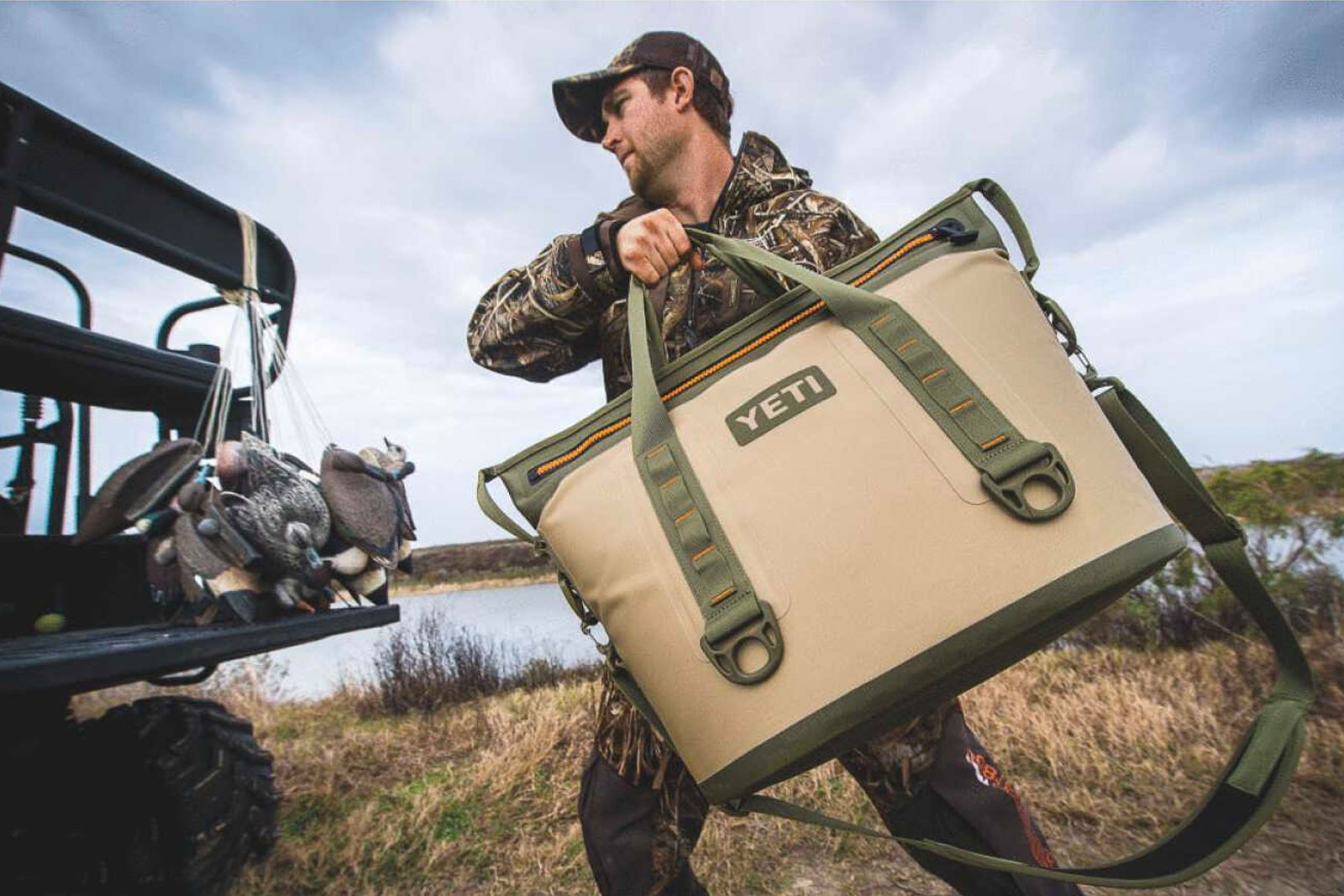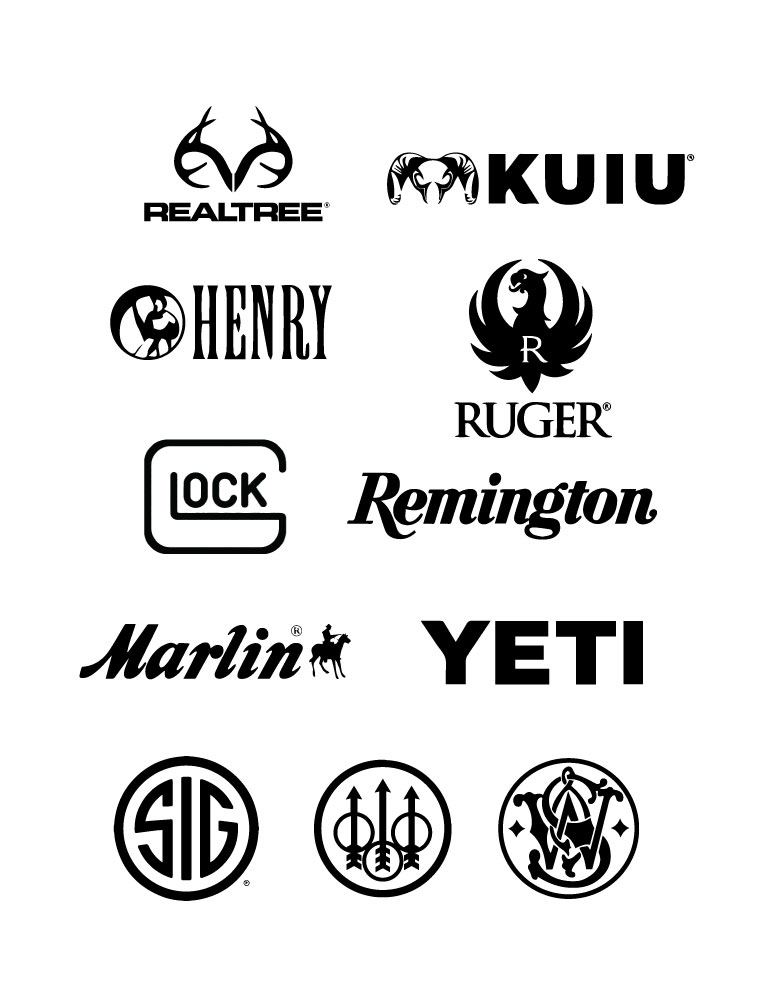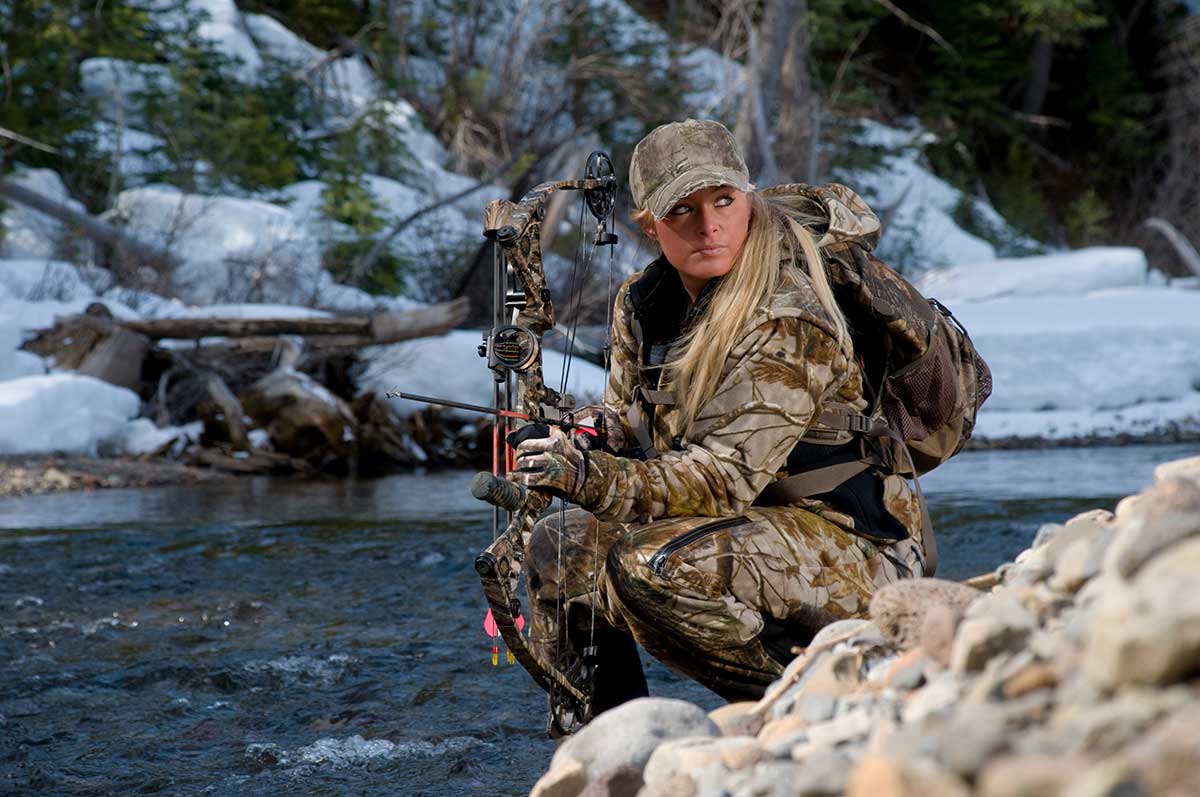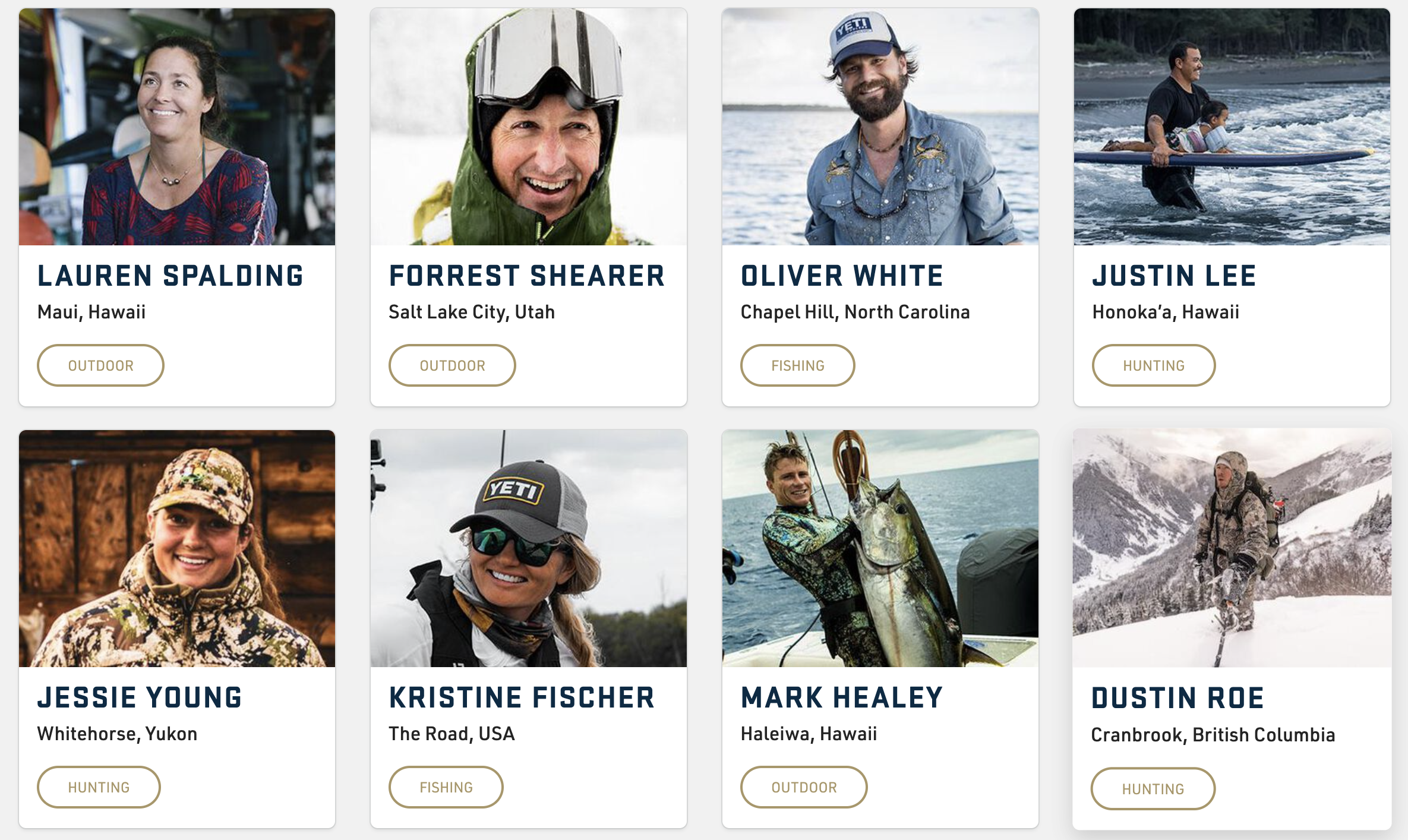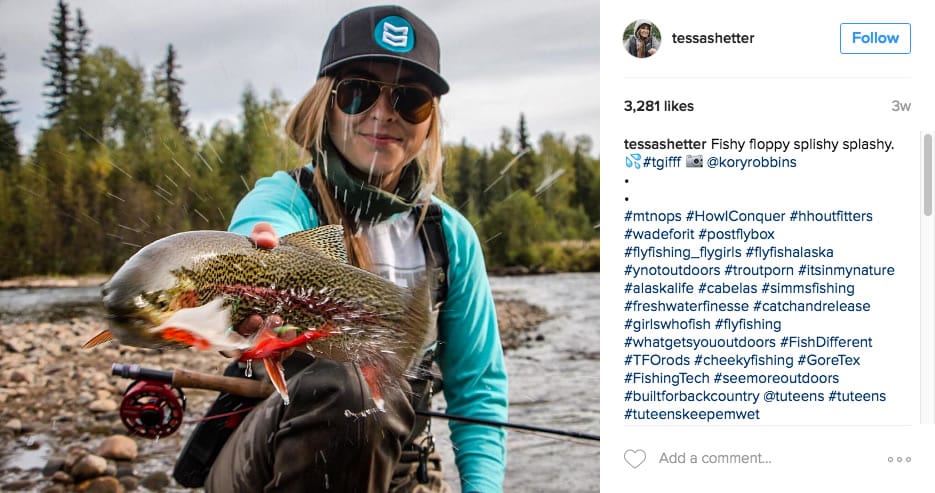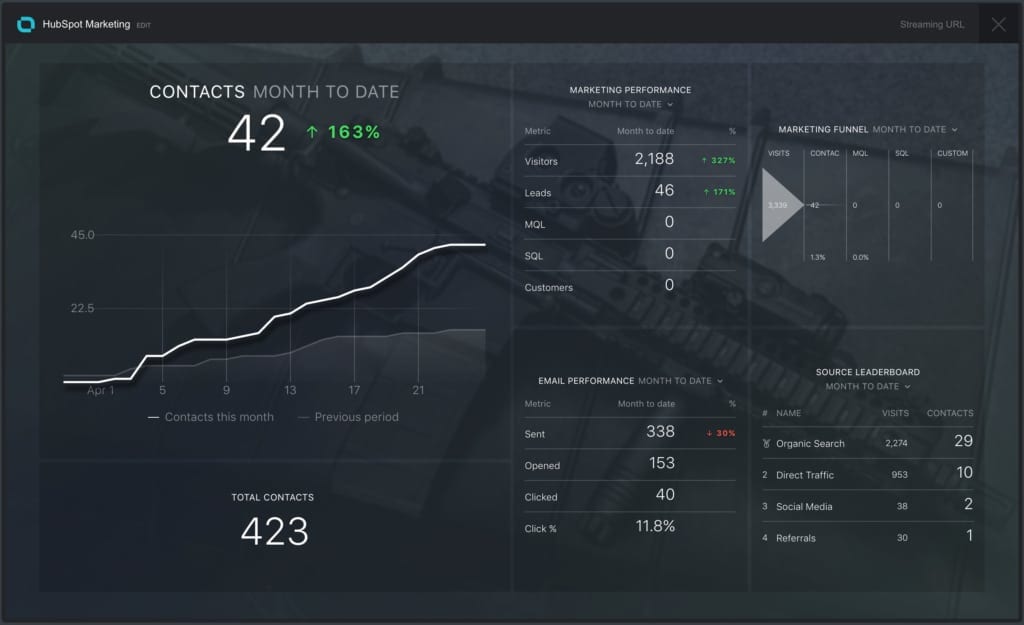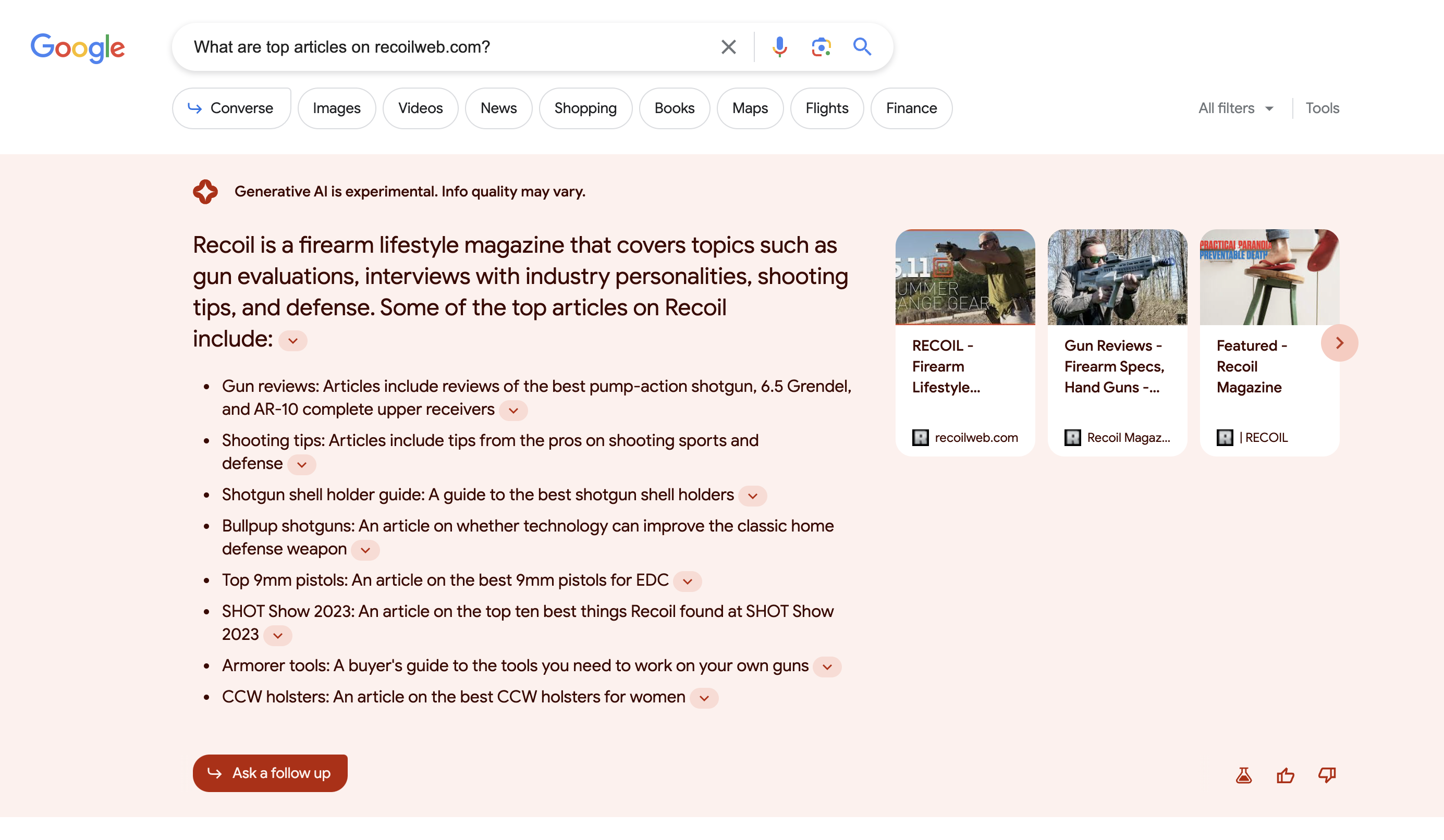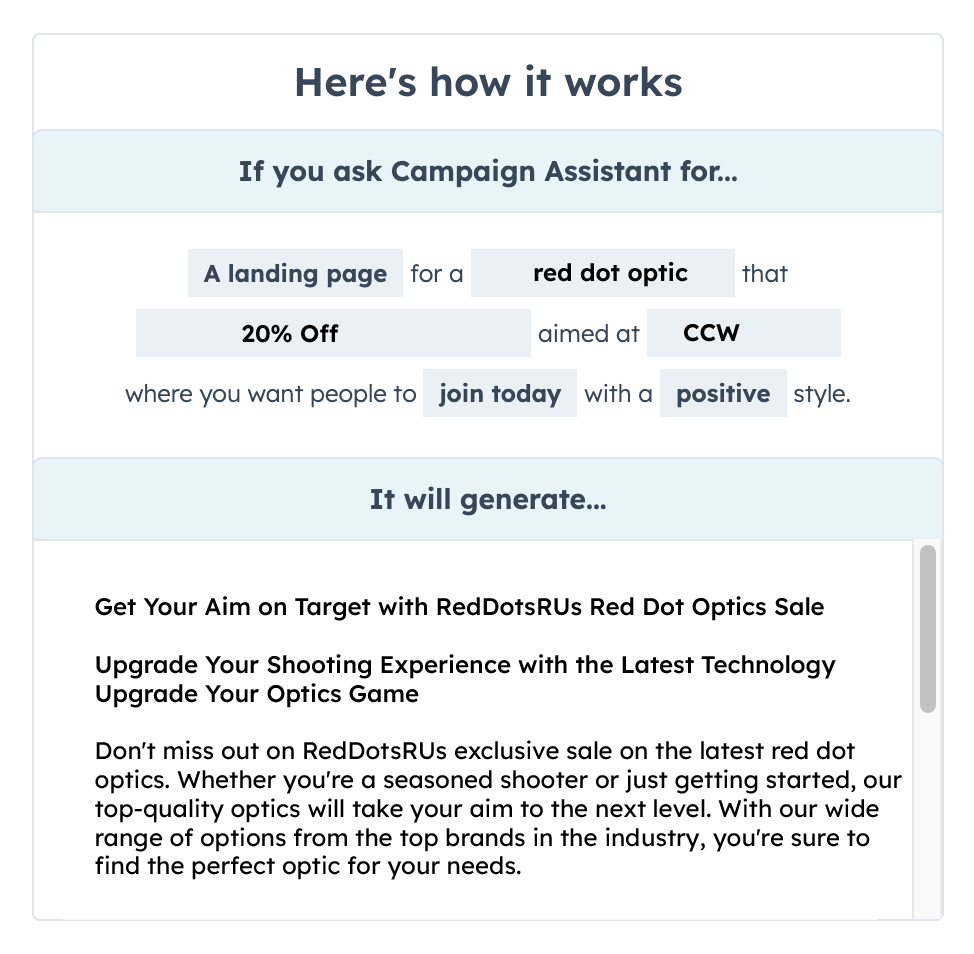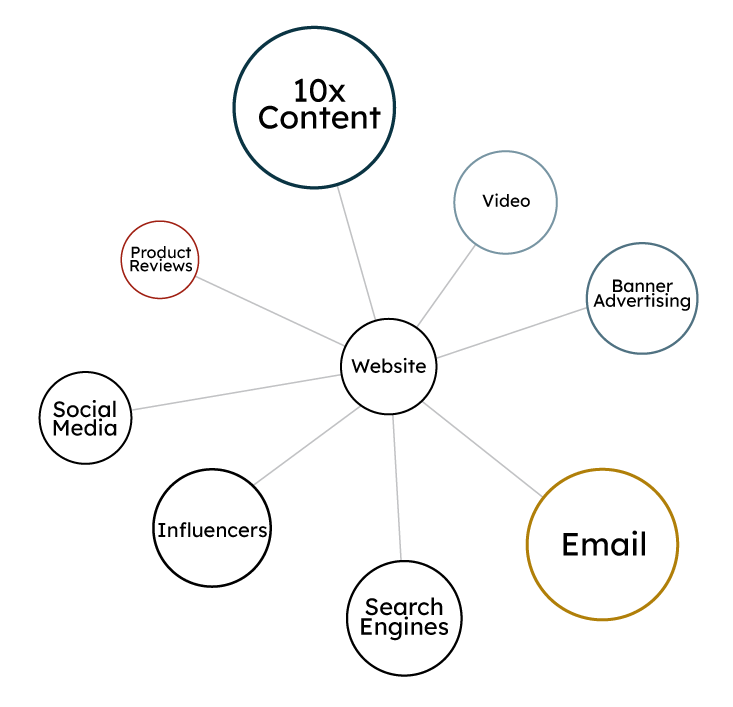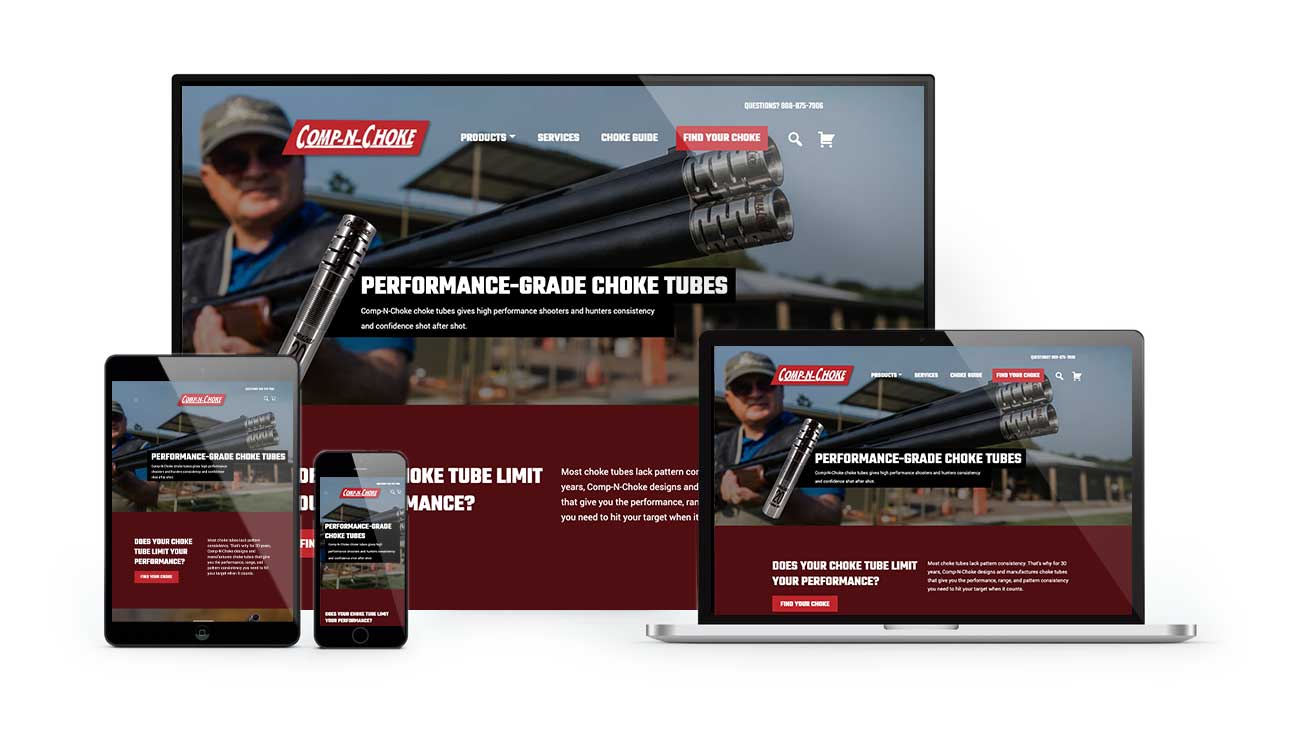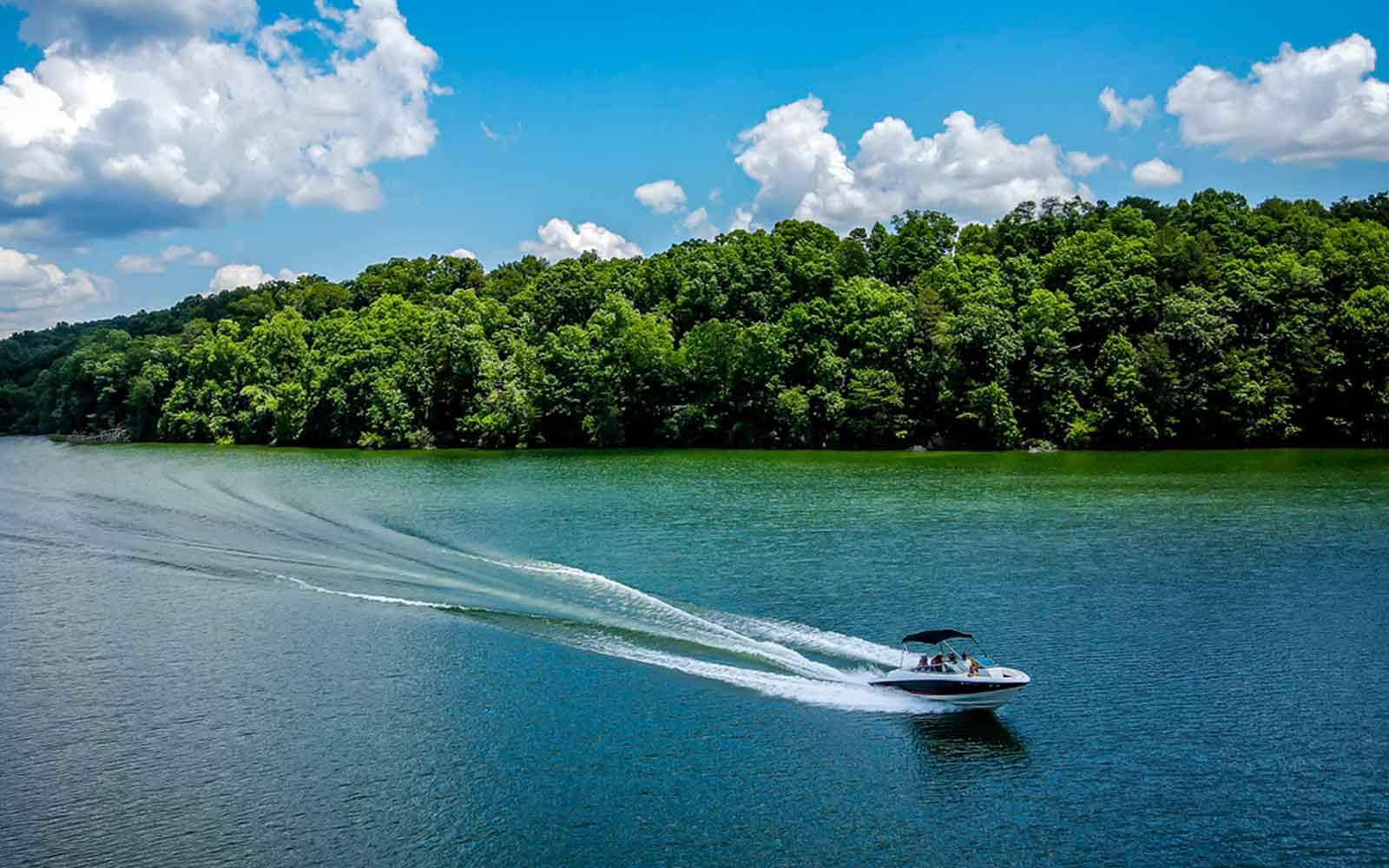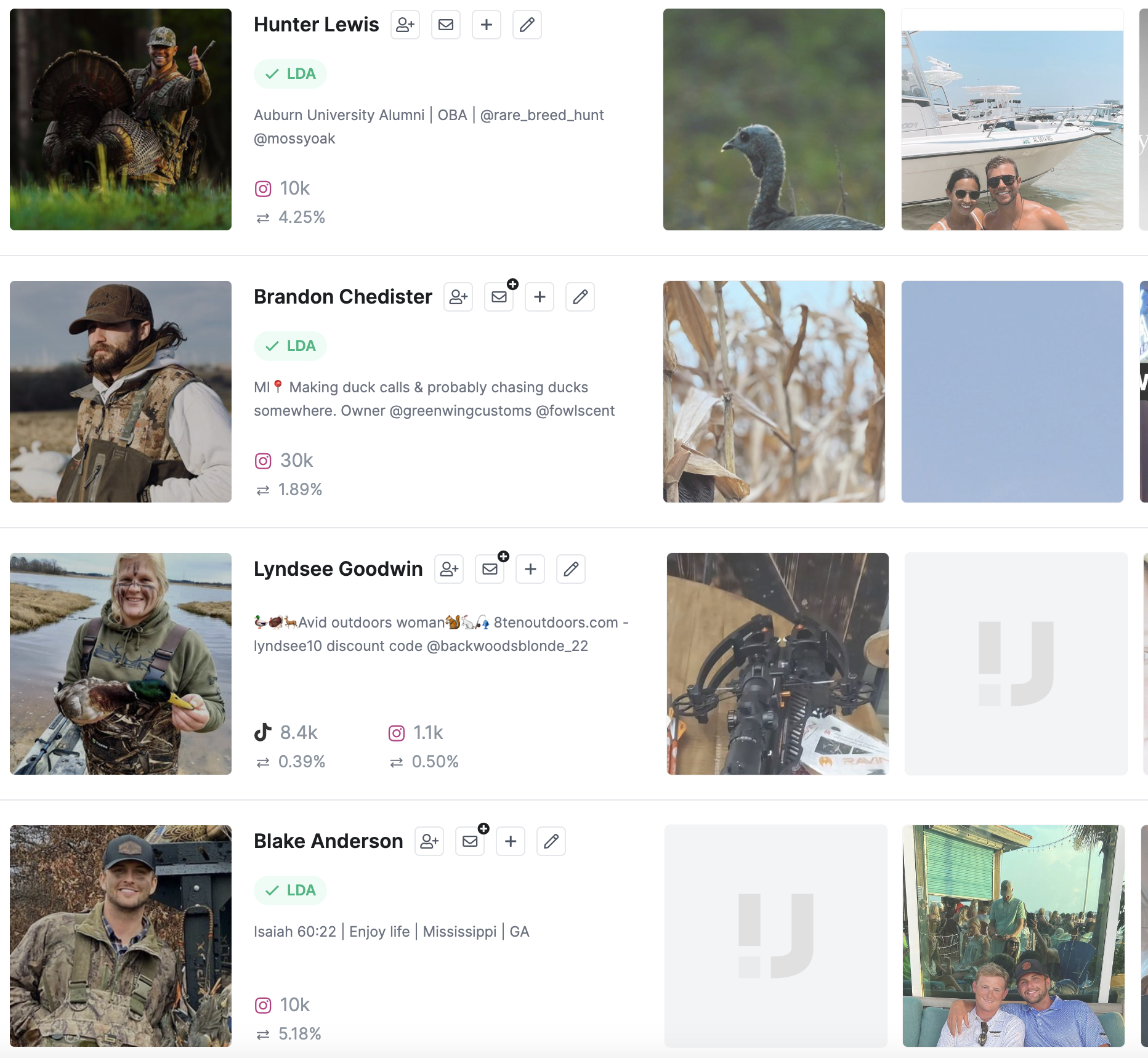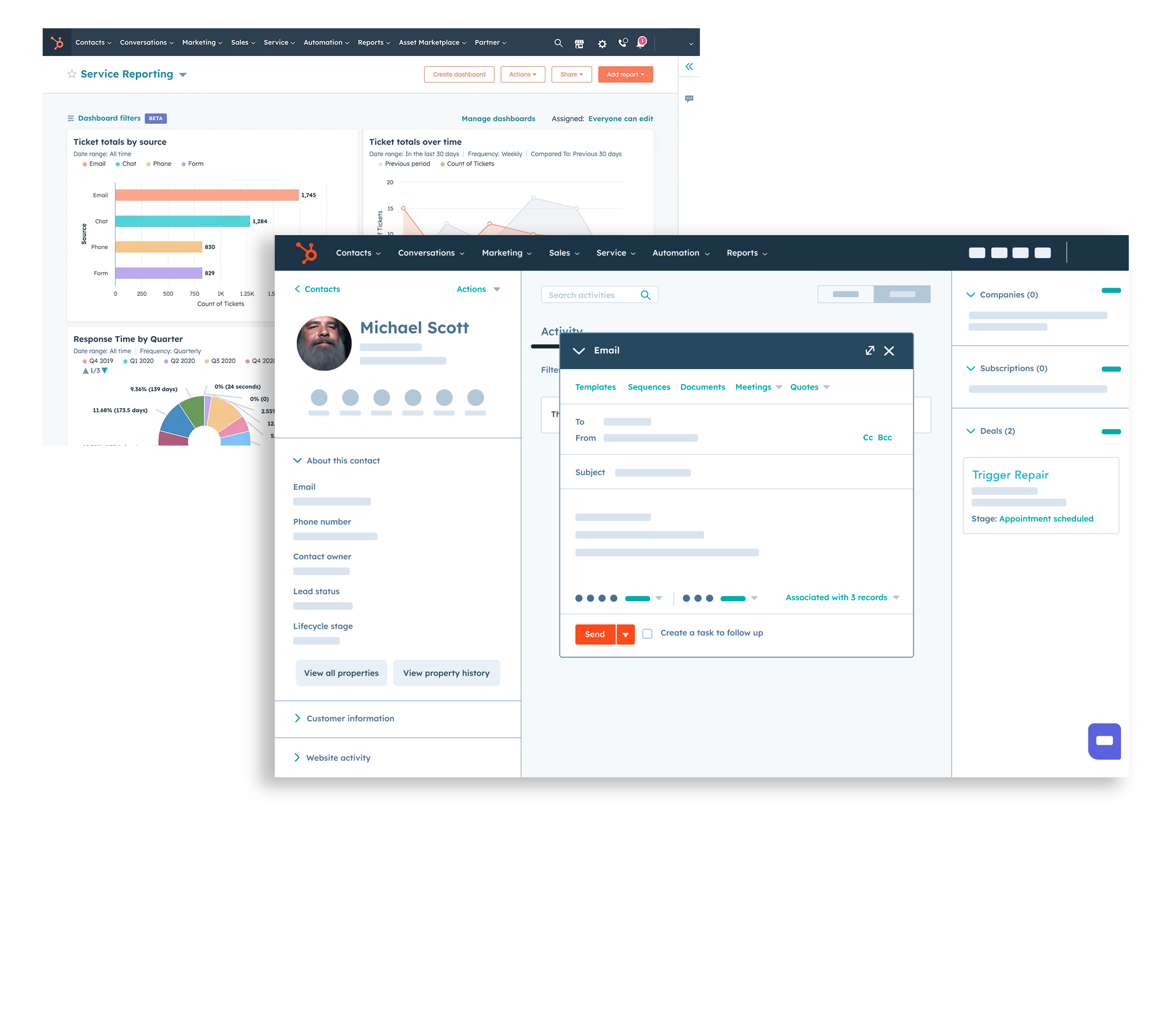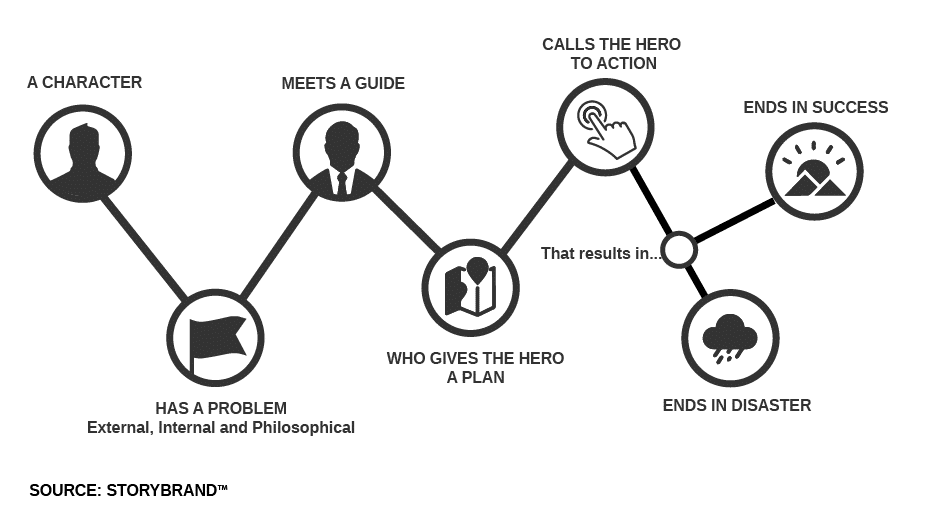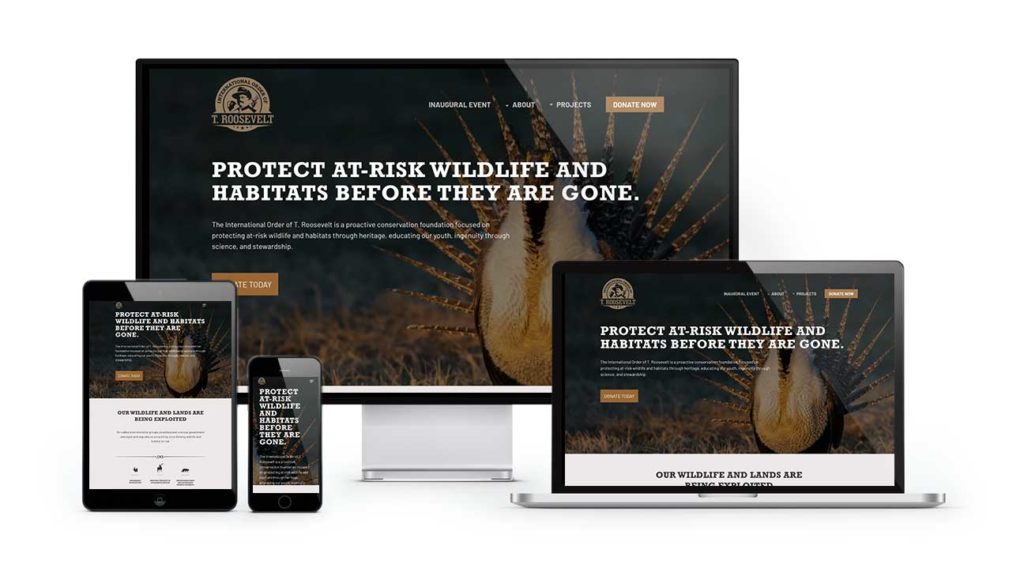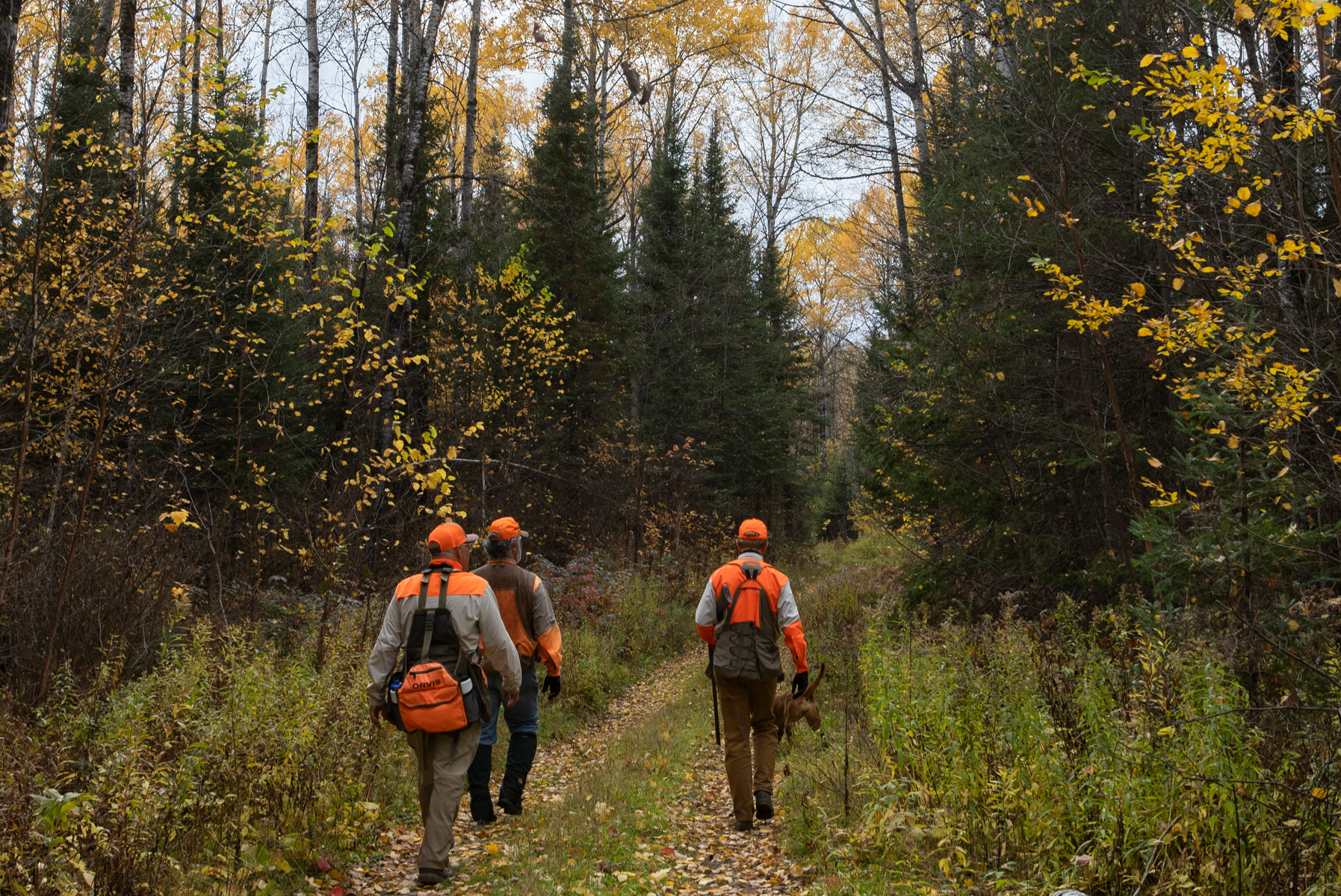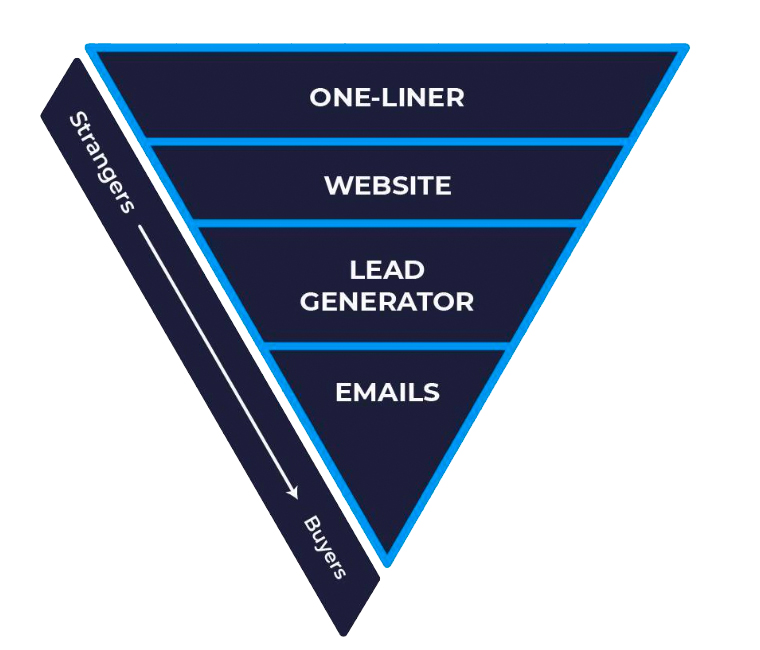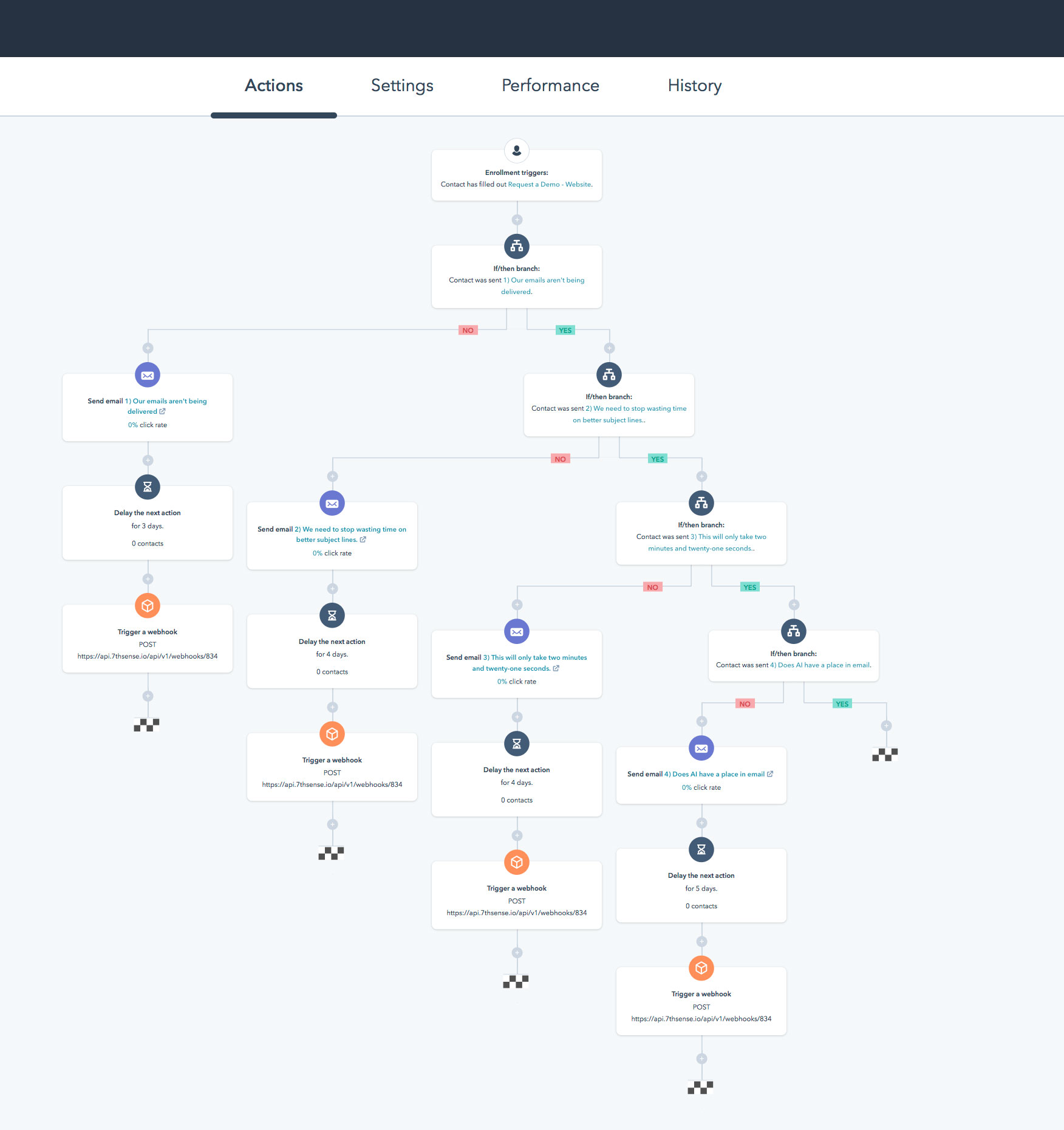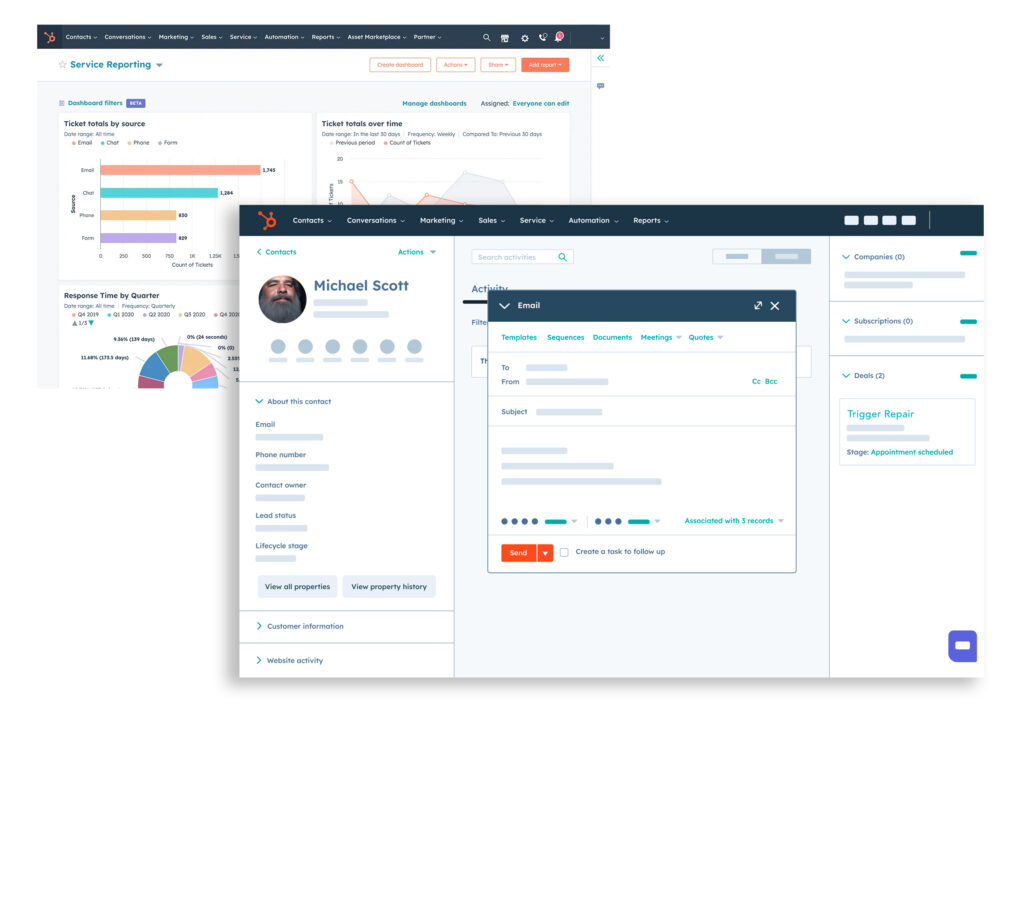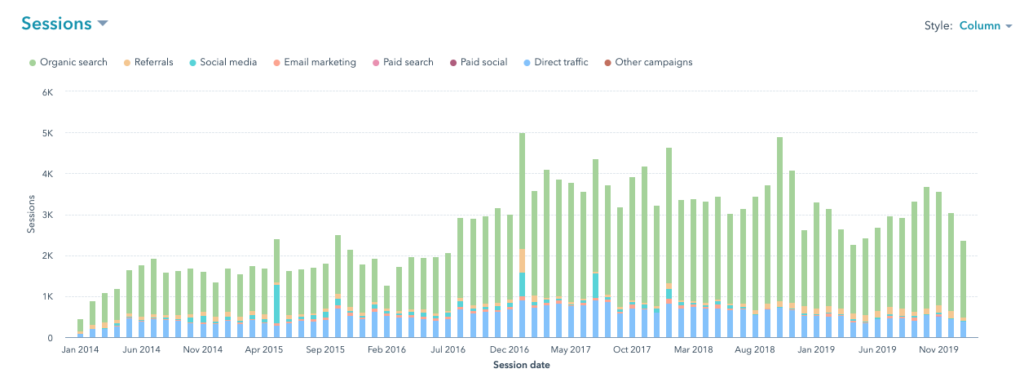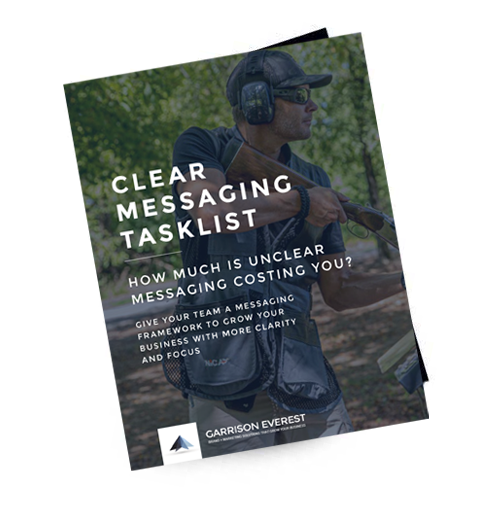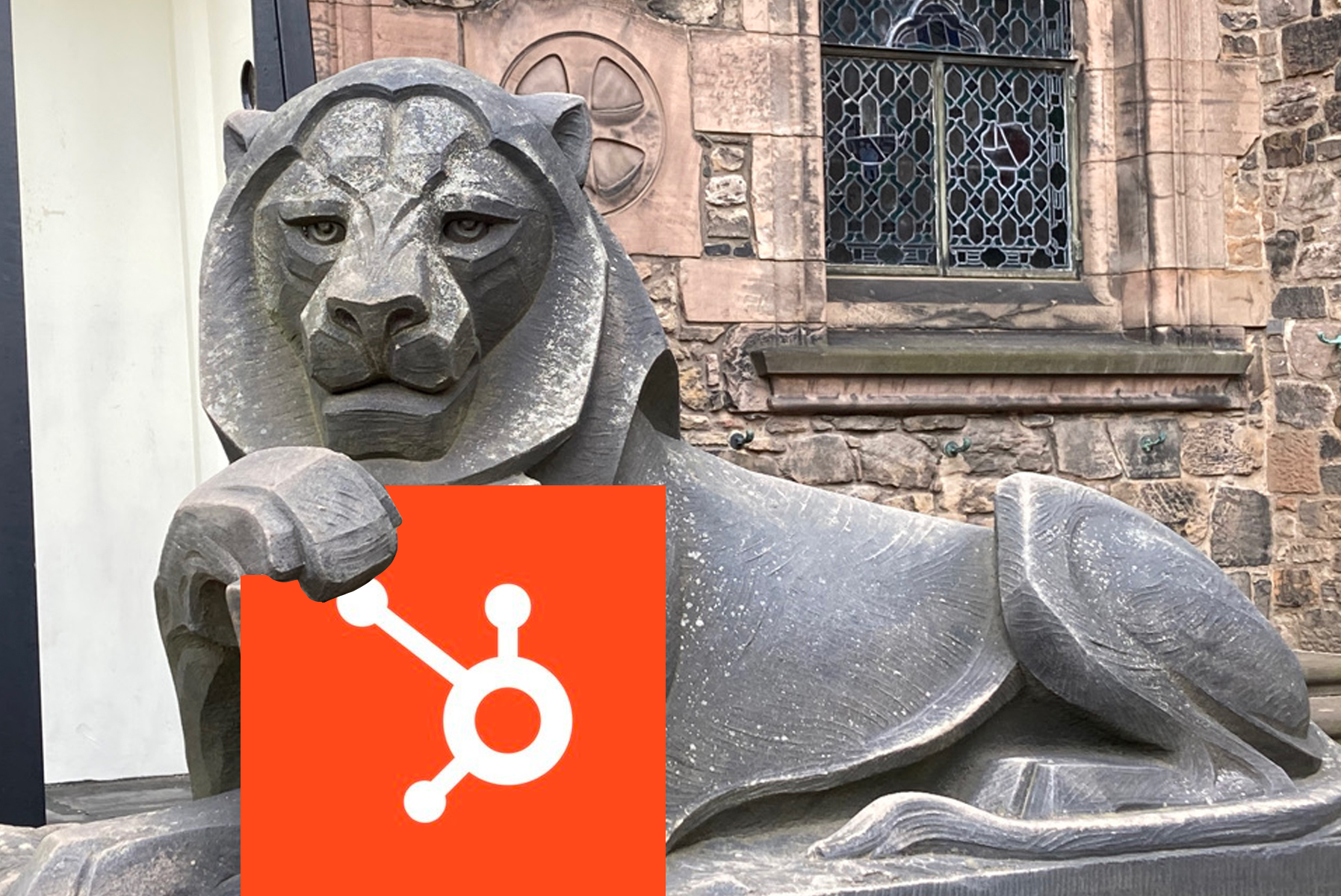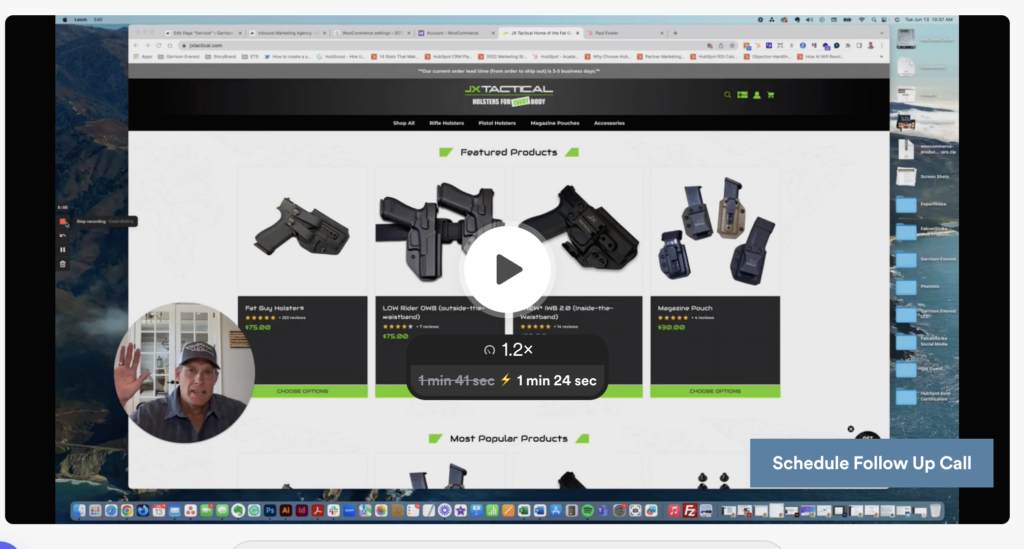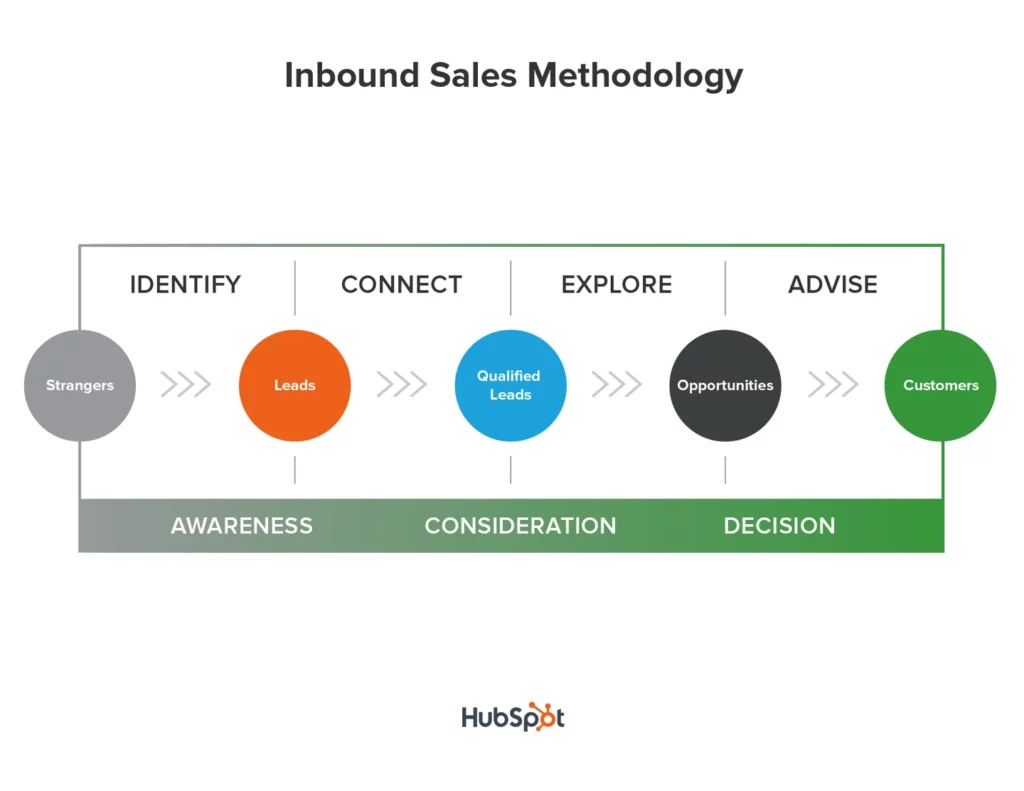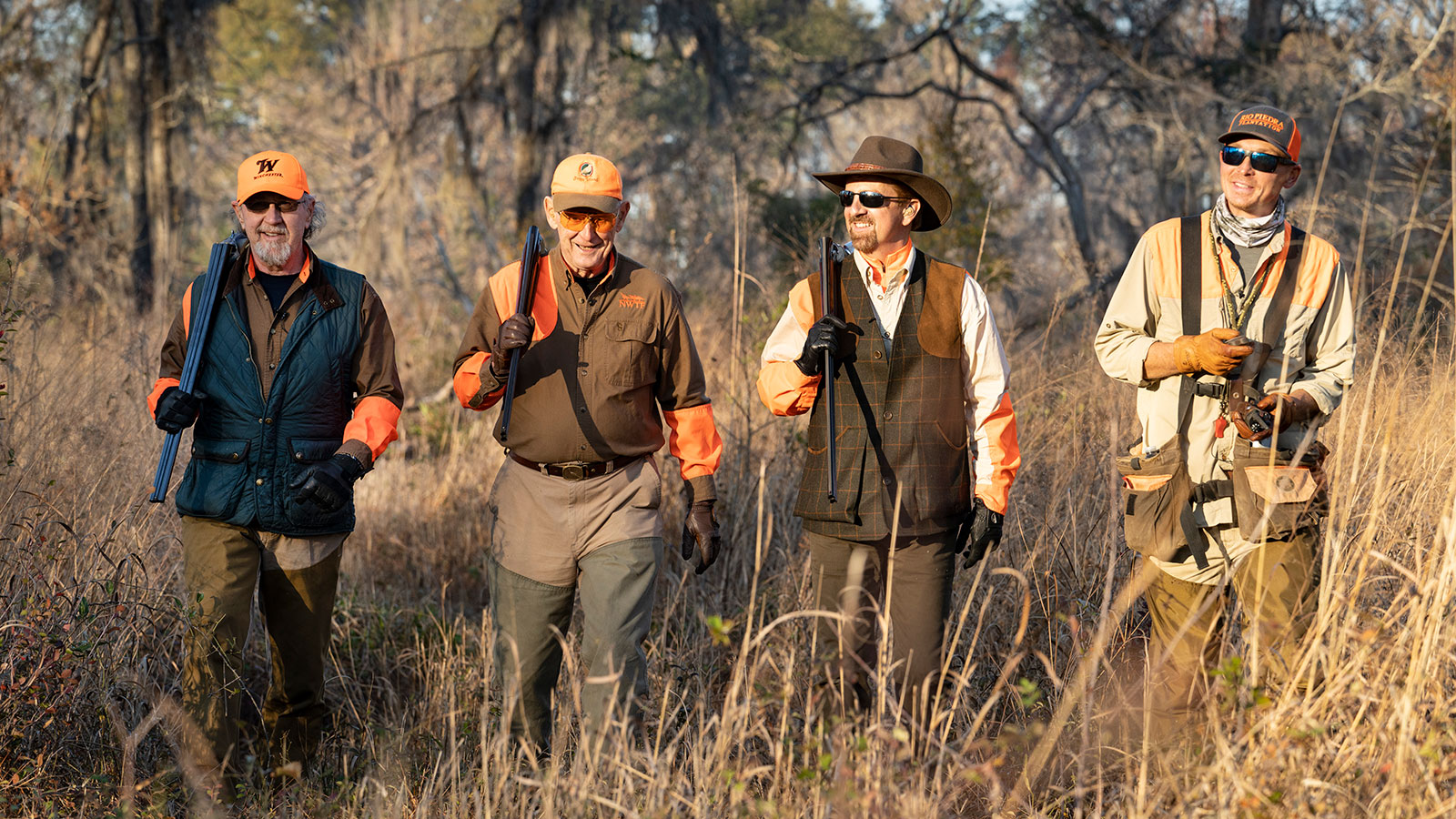
Photo Credit: Chris Dorsey
Are you looking to take your online outdoor business to new heights? In the vast and captivating realm of the great outdoors, digital marketing plays a pivotal role in boosting your business growth. From hiking gear to hunting equipment, the outdoor industry is thriving. According to a recent report from Outdoor Retailer, outdoor participation grew 2.3% in 2022 to a record 168.1 million participants, which makes up 55% of the U.S. population over age 6. Hunting participation is also up according to the Council of Hunting and Shooting Sports. To fully tap into its potential, you need to unleash the power of outdoor industry marketing.
Whether you’re a small startup or a well-established brand, this comprehensive guide will provide you with all the necessary steps, tactics, and tools to start boosting your brand’s visibility and ultimately drive product sales.
I’ve accumulated over two decades of experience in the outdoor industry, and I invite you to review this guide of these tried-and-true marketing frameworks that have consistently delivered results for my marketing company and the clients we serve. We’ll also explore the essential elements you need to establish in order to connect with consumers effectively and drive business growth.
In this comprehensive guide, we will list the proven “must-do” frameworks to help you grow your business and provide a pro tip in each section. We will discuss:
Contents
Understanding the target audience in the outdoor industry
In the outdoor industry, assuming you have a product that solves a problem and have identified its product-market fit. The very first thing you must do is understand your target audience. The outdoor enthusiasts’ community is diverse and has many different subcultures, unfortunately, mostly divided by political associations. Thus, a deep understanding of your target audience is essential to tailor your message and effectively reach them.
After you’ve come up with a product to sell and the problem it solves, you need to dial in your target audience an to do that, you need to create buyer personas. This process involves creating fictional characters that represent your ideal customers. You can create these personas based on demographics, interests, behaviors, and other relevant factors.
Moreover, it’s crucial to research your target audience and gather insights from surveys, social media, and other sources. This process will help you understand their pain points, needs, and preferences. Once you have this information, you can develop marketing strategies that resonate with them.
Another important aspect of understanding your target audience is identifying the communication channels they use. For instance, younger outdoor enthusiasts tend to use social media like YouTube and Instagram more than traditional advertising channels. Therefore, your marketing efforts should focus on the social media platforms where your target audience is most active.
PRO TIP: Understand product-market fit and conduct a customer interviews. Enable self-identification in your website forms to speed up your process.
Clarify your message
Many outdoor brands struggle to engage their audiences and drive them to take action effectively. Achieving this goal can be challenging without a clear and persuasive message that resonates with your target audience. This is where StoryBrand’s BrandScript becomes valuable. By utilizing the StoryBrand 7-part framework to shape your message, you’ll gain clarity on what to convey about your brand and the sequence in which to convey it.
StoryBrand’s framework emphasizes the role of being the guide in your customer’s story rather than the hero, which prevents overwhelming your customers with excessive information. It will also provide the information to create your website’s wireframe, email automaton and other collateral as you build our your branding assets. To learn more, read more about how to utilize the power of story to clarify your message.
PRO TIP: Play the guide in your customer’s story, not the hero.
Branding
Branding refers to the process of creating a distinct and recognizable identity for a product, service, company, or individual. It involves crafting a unique image, name, logo, one-liner, packaging, outdoor lifestyle photography and and overall perception that sets the entity apart from its competitors and makes it memorable to its target audience.
Effective branding is essential for several reasons:
- Differentiation: In a crowded marketplace, branding helps a business or product stand out by highlighting its unique qualities and value proposition.
- Recognition: A strong brand identity makes it easier for customers to identify and remember your product or company.
- Trust and Credibility: A well-established brand often conveys trust and reliability. Customers are more likely to choose a brand they recognize and trust.
- Customer Loyalty: Strong brands can build a loyal customer base who prefer your products or services over competitors.
- Perceived Value: Branding can influence how customers perceive the value of your product. A strong brand can often command higher prices.
- Consistency: Branding ensures that all aspects of your business, from marketing materials to customer service, convey a consistent message and experience.
- Emotional Connection: Successful branding can create an emotional connection between the brand and its customers, fostering loyalty and advocacy.
Branding is about creating a unique and compelling identity that resonates with your target audience, builds trust, and helps your business or product succeed in a competitive marketplace. Don’t forget to take the time to develop your outdoor brand.
PRO TIP: Exceptional branding can be the decisive factor in elevating sales and ensuring high levels of customer satisfaction, transforming a good business into a great one.
Build your outdoor industry website
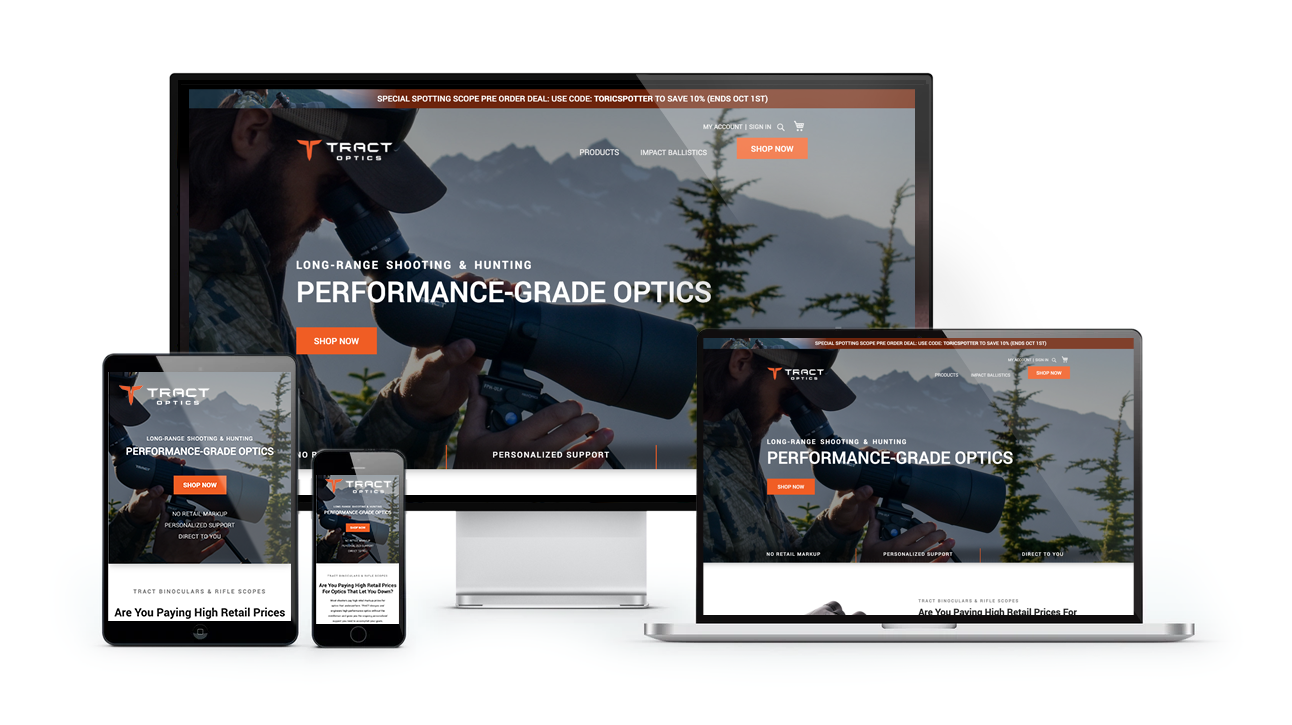
Outdoor Industry Marketing Website (TRACT Optics)
Building a website involves several steps, and the approach you take can vary depending on your goals, technical skills, and budget. Here’s a general guide to building a website:
Define Your Goals and Purpose
- Determine the purpose of your website (e.g., personal blog, business, e-commerce, portfolio).
- Identify your target audience’s problem and speak directly to it.
Choose a Domain Name
- Select a domain name (e.g., www.yourwebsite.com) that reflects your brand or content. Ensure it’s unique and easy to remember.
Select a Web Hosting Provider
- Choose a web hosting provider that suits your needs and budget. Popular options include HubSpot or WPEngine.
Choose a Website Building Platform
- Decide on the platform you’ll use to build your website. Popular options include:
- HubSpot CMS: Is a fast-loading, easy to use drag-and-drop builder integrated into HubSpot’s overall CRM suite.
- WordPress: Versatile, widely used, and suitable for various types of websites.
- Website Builders: Such as Duda, BigCommerce, or Squarespace, which offer user-friendly, drag-and-drop interfaces.
- Custom Development: If you have coding skills, you can build a website from scratch.
Design Your Website
- Utilize your BrandScript from your messaging to outline your wireframe.
- Design a static layout/architecture using Adobe Illustrator before integrating into your theme.
- Select a theme or template for your website. Customize it to match your brand and style.
- Create a layout that is visually appealing and user-friendly.
Add Content
- Create and organize your website’s content, including text, images, videos, and other media.
- Ensure your content is engaging, informative, and relevant to your audience.
Optimize Your Product Pages
- Take pictures of your products on a clean white background.
- Write engaging descriptions that are optimized.
- Add lots specifications.
Optimize for SEO
- Implement on-page SEO techniques to improve your website’s visibility on search engines.
- Use relevant keywords, optimize images, and create a sitemap.
Configure Outdoor, Hunting or Firearms E-commerce Website Settings
- Set up essential settings, such as site title, tagline, and navigation menus.
- Configure security measures, like SSL certificates, to protect your site.
- Set up payment processors, shipping and tracking.
Test Your Website – Desktop, Mobile and Tablet
- Test your website across different browsers and devices to ensure it functions correctly and looks good everywhere.
Launch Your Website
- Once you’re satisfied with your website, it’s time to publish it to the internet.
- Promote your website through social media, email marketing, and other channels.
Monitor and Maintain
- Make sure to get web support to regularly update your website with fresh content and security patches.
- Monitor website analytics to track performance and make improvements.
Remember that building a website is an ongoing process, and it’s essential to keep it updated and responsive to user feedback and changing needs. If you’re not comfortable with technical aspects, consider hiring a web development agency or designer to assist you.
PRO TIP: Use a fast-loading six second looping video on your home page to engage your visitors.
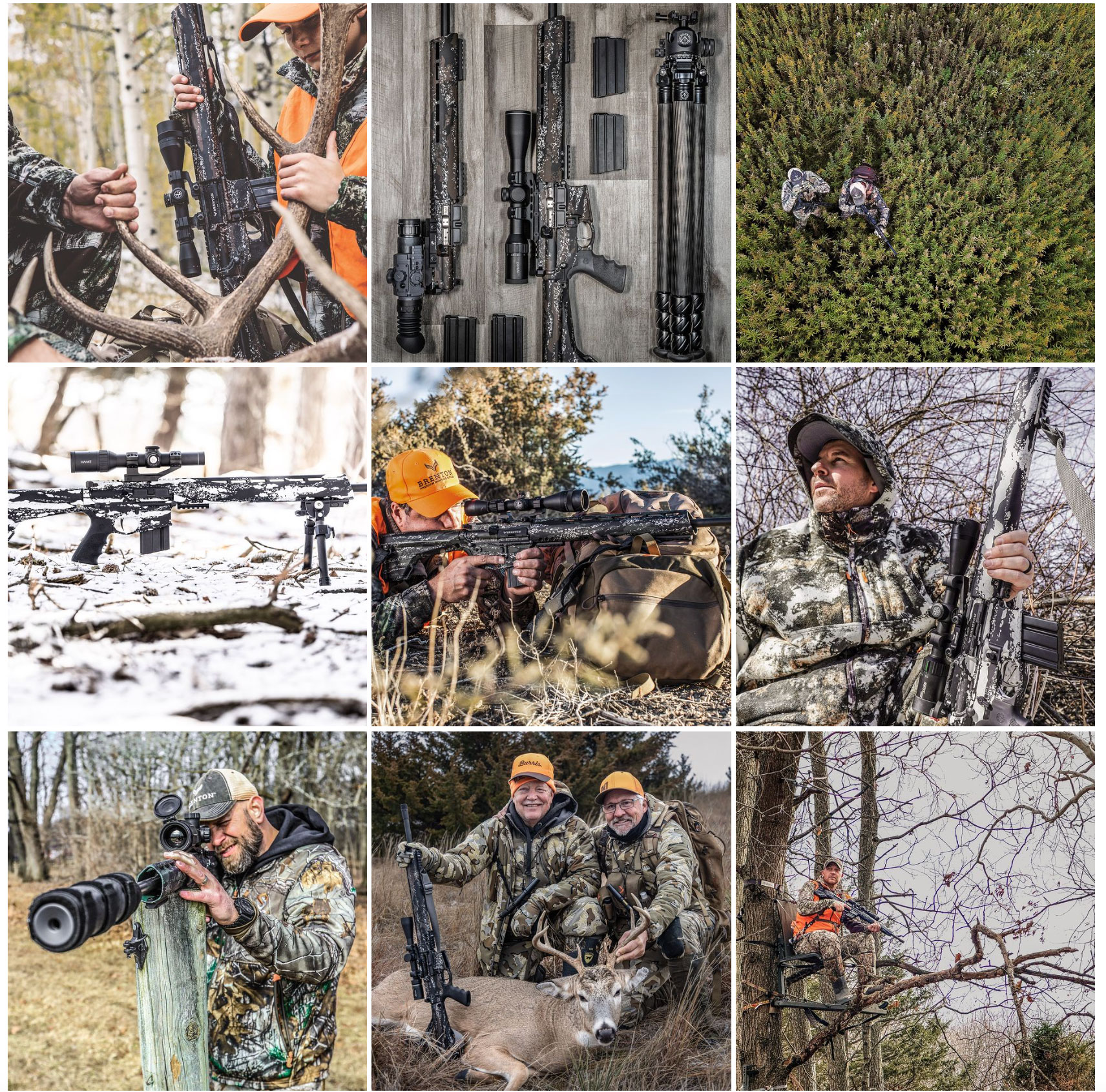
Outdoor Industry Marketing Social Media (Brenton USA)
Utilizing social media for outdoor industry marketing
Social media is a powerful tool that can help you expand your reach and connect with your target audience. However, to effectively use social media for outdoor industry marketing, you need to understand the platforms your audience is most active on.
One of the most popular social media platforms for outdoor enthusiasts is Instagram. Instagram is a visual platform that allows you to share photos and videos of your products in use. To effectively use Instagram for outdoor industry marketing, you need to create a strong visual brand identity and regularly post high-quality content that resonates with your audience.
Another popular social media platform for outdoor industry marketing is Facebook. If you target an older audience, this is the place to find them (Source: Exposure). Facebook allows you to share a variety of content, including text, photos, videos, and links to your website. To effectively use Facebook for outdoor industry marketing, you need to create engaging content that encourages interaction with your audience.
YouTube is another social media platform that can be effective for outdoor industry marketing. YouTube allows you to share short videos and in depth content. To effectively use YouTube for outdoor industry marketing, you need to create concise, engaging content that encourages subscriptions and interaction with your audience and is another great channel to target older prospective customers.
PRO TIP: Invest in a generous budget to secure the services of a top-notch outdoor lifestyle photography who specializes in the outdoor industry.
Content marketing for outdoor businesses
Content marketing is a powerful tool that can help you attract and retain customers. Content marketing involves creating and sharing valuable content that educates and entertains your audience. Here are several tips for effective content marketing in the outdoor industry:
1. Share Stories and Experiences
Sharing stories and experiences is an effective way to connect with your audience on an emotional level. You can use storytelling to showcase the benefits of your products and how they can enhance outdoor experiences.
2. Provide Educational Content
Providing educational content is an effective way to establish your brand as an authority in the outdoor industry. You can create content that provides tips and advice related to outdoor activities, such as camping, hiking, hunting and fishing.
3. Create Product Reviews and Comparisons
Creating product reviews and comparisons is an effective way to showcase the features and benefits of your products. You can create reviews that highlight the strengths and weaknesses of your products and compare them to other products in the market.
4. Use Visuals
Using visuals is an effective way to capture the attention of your audience and showcase your products. You can use high-quality photos and videos to showcase your products in use and highlight their features and benefits.
PRO TIP: Produce concise videos, each lasting 60 seconds or less, containing valuable tips, and utilize them as YouTube shorts.
Leveraging influencer partnerships in the outdoor industry
Influencer partnerships are a powerful tool that can help you expand your reach and connect with your target audience. Influencers are individuals who have a significant following on social media and can influence the purchasing decisions of their followers.
View this post on Instagram
To effectively leverage influencer partnerships in the outdoor industry, you need to identify outdoor, hunting and firearm influencers who align with your brand values and target audience. You can reach out to influencers and offer them free products or compensation in exchange for promoting your products on their social media channels. We use a tool like Upfluence to identify influencers and engage them for campaigns.
When working with influencers, it’s important to establish clear expectations and guidelines for the partnership. You should also ensure that the influencers disclose their partnership with your brand to their followers to maintain transparency. This is an FTC requirement.
PRO TIP: Identify influencers with genuine influence who can actively promote your brand to their followers. The best influencers have built real trust with their followers.
Effective email marketing for outdoor businesses
Outdoor industry email marketing is a “must-do” framework that can help you connect with your audience and promote your products. More importantly, they keep your brand top of mind. Here are several tips for effective email marketing in the outdoor industry:
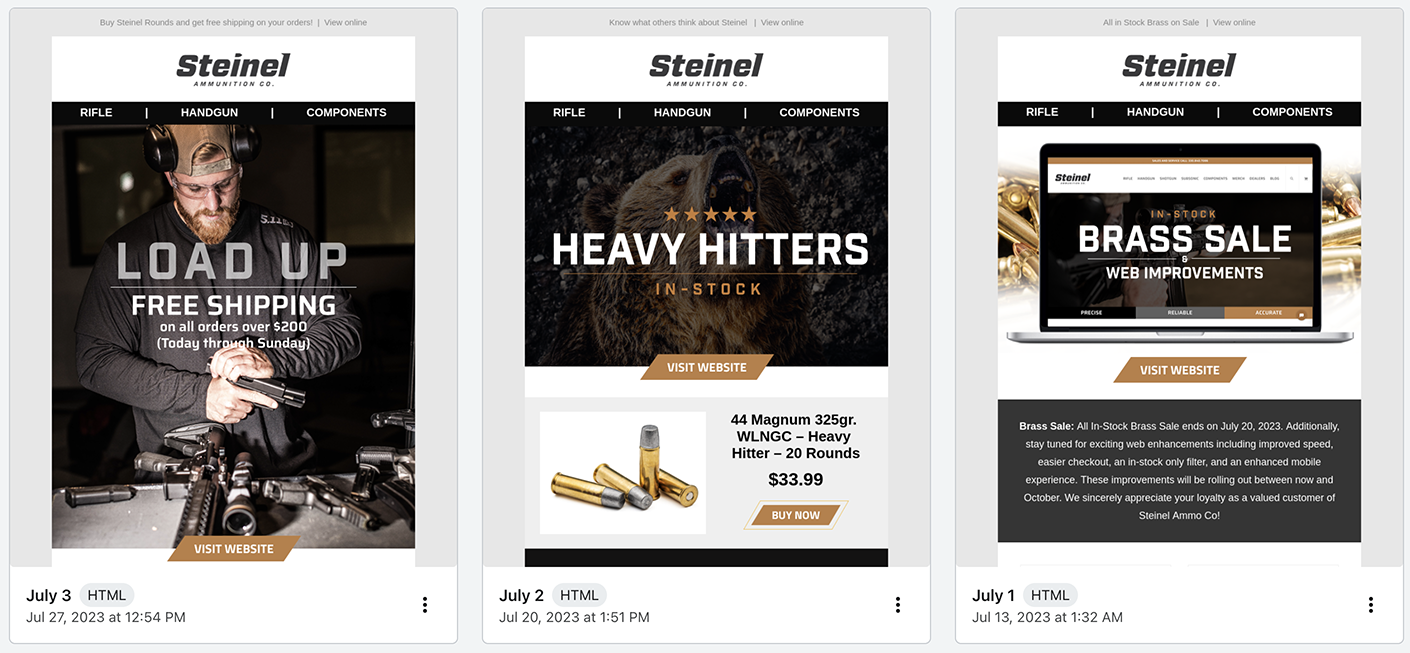
Outdoor Industry Marketing Email Examples (Steinel Ammo Co.)
1. Segment Your Email List
Segmenting your email list involves dividing your list into smaller groups based on demographics, interests, behaviors, or other relevant factors. This process allows you to tailor your message to each group and increase the effectiveness of your email campaigns.
2. Use Compelling Subject Lines
Using compelling subject lines is an effective way to capture the attention of your audience and increase open rates. Your subject lines should be concise, engaging, and relevant to the content of your email. Most email marketing programs like HubSpot have AI subject line generators linked to your CRM that tracks what resonates with your target audience.
3. Provide Value
Providing value is an effective way to establish trust and credibility with your audience. You can provide value by offering exclusive discounts, educational content, or other incentives that encourage engagement with your brand. Don’t just send offers or discounts, mix it up with content and incentives.
4. Use Eye-Catching Visuals
Using eye-catching visuals is an effective way to capture the attention of your audience and showcase your products. You can use high-quality photos and videos to highlight the features and benefits of your products and encourage engagement with your brand. Don’t just a photo in your email. Put in the work to create a professional looking design and watch your open and click through rates go up.
PRO TIP: Maintain consistency with a monthly routine of sending three emails: one featuring a blog post, another showcasing a customer testimonial, and the third offering a promotion.
Optimizing SEO for outdoor industry websites
Optimizing your website for search engines is a “must do” to increase traffic and visibility. Here are several tips for optimizing SEO for outdoor industry websites:
1. Conduct Keyword Research
Keyword research involves identifying the keywords and phrases that your target audience uses to search for products or services related to your business. You can use keyword research tools to identify these keywords and optimize your website content accordingly.
2. Use Relevant Meta Tags
Using relevant meta tags is an effective way to provide search engines with information about your website content. You should use meta tags that accurately describe the content of your website and include relevant keywords.
3. Optimize and Create Website Content
Optimizing your website content involves using relevant keywords and providing high-quality, engaging content that resonates with your target audience. You should also ensure that your website is mobile-friendly, fast-loading, and easy to navigate. Add a blog to create fresh, keyword rich articles that generates traffic.
4. Build Backlinks
Building backlinks involves getting other websites to link to your website. Backlinks are an important factor in search engine rankings and can increase visibility and traffic to your website. You can build backlinks by creating high-quality content that other websites want to link to or by guest posting on other websites.
PRO TIP: The fastest route to establish SEO prominence is through the development of your brand, consistent content and the acquisition of backlinks.
Key marketing strategies for outdoor businesses
The outdoor industry is highly competitive, and your marketing efforts need to stand out to succeed. Once you build out the necessary elements, you’re going to want to expand into offline channels to meet your customers where they are. Here are several key marketing strategies that can help you grow your outdoor business:
1. Leverage User-Generated Content
User-generated content is a powerful marketing tool that can help you build trust and credibility with your audience. User-generated content includes photos, videos, and reviews created by your customers. Sharing this content on your website and social media channels can help promote your business and encourage others to engage with your brand.
To leverage user-generated content, you can create social media campaigns that encourage customers to share pictures of themselves using your products. You can also feature customer reviews on your website and social media channels.
Use Case: We organized a video contest for one of our clients, offering a free product valued at $179.00 as the prize. When we tracked the user-generated videos, we discovered that they generated a 5x return on the number of people who viewed these videos on Instagram.
2. Host/Attend Outdoor Events
Outdoor events are an excellent way to showcase your products and connect with your target audience. Hosting outdoor events can help you build brand awareness, generate leads, and increase sales. You can organize or sponsor events like camping trips, fishing tournaments, hiking excursions, short films and other outdoor activities that showcase your products.
3. Create Engaging Video Content
Video content is an effective way to showcase your products and connect with your audience. You can create videos that showcase your products in use, highlight the features and benefits of your products, and provide educational content related to outdoor activities.
4. Offer Special Deals and Promotions
Special deals and promotions can help you attract new customers and retain existing ones. You can offer discounts, free shipping, and other promotions to incentivize customers to purchase your products. These promotions can also help you build customer loyalty and increase revenue.
5. Collaborate with Other Outdoor Businesses
Collaborating with other outdoor businesses that align with your values can help you expand your reach and build brand awareness. You can partner with other businesses to create joint marketing campaigns, cross-promote each other’s products, and share marketing resources.
6. Traditional Marketing methods such as PR, print ads, billboards, and display ads still play a crucial role in the outdoor industry. However, these methods can be costly, and PR requires the expertise of someone with a vast network who can get your brand in front of the right publishers. At our agency, we strategically utilize these methods, but only when we have a sufficient budget and can prove ROI. Traditional marketing methods typically works for well-known brands.
7. Trade Shows can be costly but can offer many benefits. The SHOT Show (Shooting, Hunting, and Outdoor Trade Show) offers numerous benefits for professionals in the firearms and outdoor industry. It serves as a prime networking opportunity, allowing industry stakeholders to forge valuable connections. Attendees gain insights into the latest product innovations, industry trends, and regulatory updates. The show supports business growth by facilitating orders, distribution agreements, and market research. Educational sessions provide valuable knowledge, and it fosters responsible firearm use while promoting community building within the industry. Overall, the SHOT Show plays a pivotal role in advancing the interests of businesses and professionals in the shooting, hunting, and outdoor sectors. Learn more about how to ge more from SHOT Show costs and registration.
PRO TIP: Smaller shows and events provide fewer distractions and a greater focus on your brand.
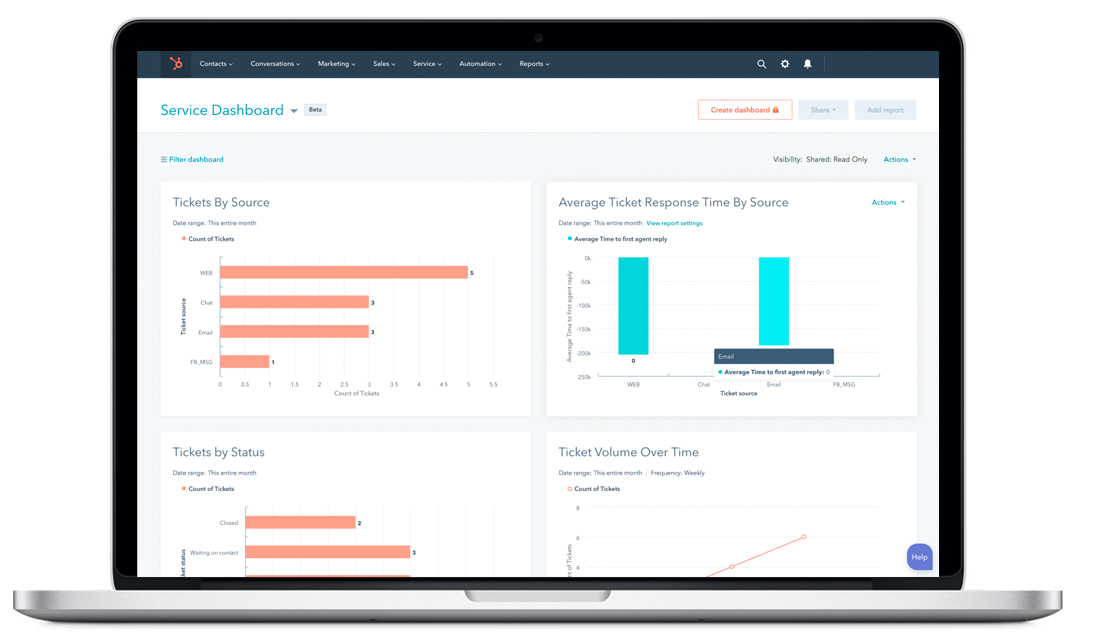 Turn your outdoor customers into promoters
Turn your outdoor customers into promoters
One often underestimated aspect of the outdoor industry is the development of a superior customer experience. Our typical approach to customer experience involves providing a contact number for customers to use in case they encounter issues or wish to initiate a return. However, it encompasses far more than this. Customers anticipate swift responses to their inquiries and value having well-informed staff available to assist them when seeking additional information. If you implement all the elements mentioned in this guide, the final step in outdoor industry marketing is to ensure that your customers remain loyal and become advocates for your brand. We suggest using the HubSpot CRM for outdoor brands to deliver an outstanding customer experience.
The top four benefits of the HubSpot CRM and Service Hub are:
1. Streamlined customer support: The Service Hub provides a unified inbox that consolidates all customer interactions from various channels, such as email, live chat, and social media. This allows your team to efficiently manage and respond to customer inquiries, resulting in improved customer satisfaction.
2. Knowledge base and self-service tools: With the Service Hub, you can create a knowledge base to provide customers with self-service resources like FAQs, articles, and tutorials. This empowers customers to find answers to their questions independently, reducing the need for repetitive support requests and freeing up your team’s time.
3. Ticketing and automation: The Service Hub offers a ticketing system that allows you to organize and prioritize customer issues. You can automate ticket creation, routing, and escalation based on predefined rules, ensuring that customer inquiries are handled promptly and efficiently.
4. Reporting and analytics: The Service Hub provides robust reporting and analytics features that give you insights into your team’s performance and customer satisfaction. You can track metrics like response times, resolution rates, and customer feedback, enabling you to identify areas for improvement and make data-driven decisions to enhance your customer service operations.
PRO TIP: Gather feedback from your customers to identify their primary pain points and empower them with self-service information. Integrating a chat feature on your website can lead to a 20% boost in sales.
Tracking and analyzing outdoor industry marketing efforts
Tracking and analyzing your marketing efforts is essential to measure their effectiveness and make informed decisions. Here are several tools you can use to track and analyze your outdoor industry marketing efforts:
1. Analytics
Google Analytics is a free tool that allows you to track website traffic, user behavior, and other metrics related to your website. You can use Google Analytics to measure the effectiveness of your marketing campaigns and identify areas for improvement. However, you may want to consider other analytic tools like Independent Analytics, Databox or HubSpot.
2. Social Media Analytics
Social media platforms like Facebook, Instagram, YouTube and Twitter provide analytics tools that allow you to track engagement, reach, and other metrics related to your social media campaigns. You can use these tools to measure the effectiveness of your social media campaigns and optimize your strategy accordingly.
3. Email Marketing Analytics
Email marketing platforms like HubSpot provide analytics tools that allow you to track open rates, click-through rates, and other metrics related to your email campaigns. You can use these tools to measure the effectiveness of your email campaigns and optimize your strategy accordingly.
4. Survey regularly
Many companies overlook the importance of regularly gathering feedback from their customers. This oversight can lead to the development of unwanted products or, even worse, a lack of awareness about issues customers may encounter with their products. To avoid these pitfalls, it’s crucial to conduct annual or bi-annual customer surveys. At our company, we utilize HubSpot’s Service Hub to track various metrics, including chat performance, support tickets, Net Promoter Score (NPS), Customer Effort Score (CES), and Customer Satisfaction Score (CSAT). These surveys play a pivotal role in helping us anticipate sales trends, gauge customer sentiment, and contribute to our collection of reviews and positive social media buzz.
5. ROI (return on investment)
Each marketing program you undertake should, at the very least, yield a return on your investment. If you invest $1, your goal should be to generate 3 to 5 times that amount in return. If these programs are not achieving that level of return, it’s essential to reevaluate your approach from the beginning to ensure you’ve done everything correctly. If not, consider surveying your customers to understand why they didn’t make a purchase and gather insights on how you can improve.
PRO TIP: You cannot enhance what you do not monitor and measure.
Conclusion: Thriving in the outdoor industry through strategic marketing
In conclusion, the outdoor industry is an immense and thriving market that presents many opportunities for growth. To fully tap into its potential, you need to unleash the power of outdoor industry marketing. By understanding your target audience, positioning, branding, messaging, website, leveraging social media, creating compelling content, and using other proven marketing strategies, you can grow your outdoor business and connect with consumers.
Remember to track and analyze your marketing efforts to measure their effectiveness and make informed decisions. As you embark on building these frameworks out, always stay true to your brand values and focus on providing service and value to your customers. With these insights and strategies, you can build a thriving business in the outdoors and make a lasting impact in the outdoor industry.
GET EXPERT OUTDOOR MARKETING HELP



